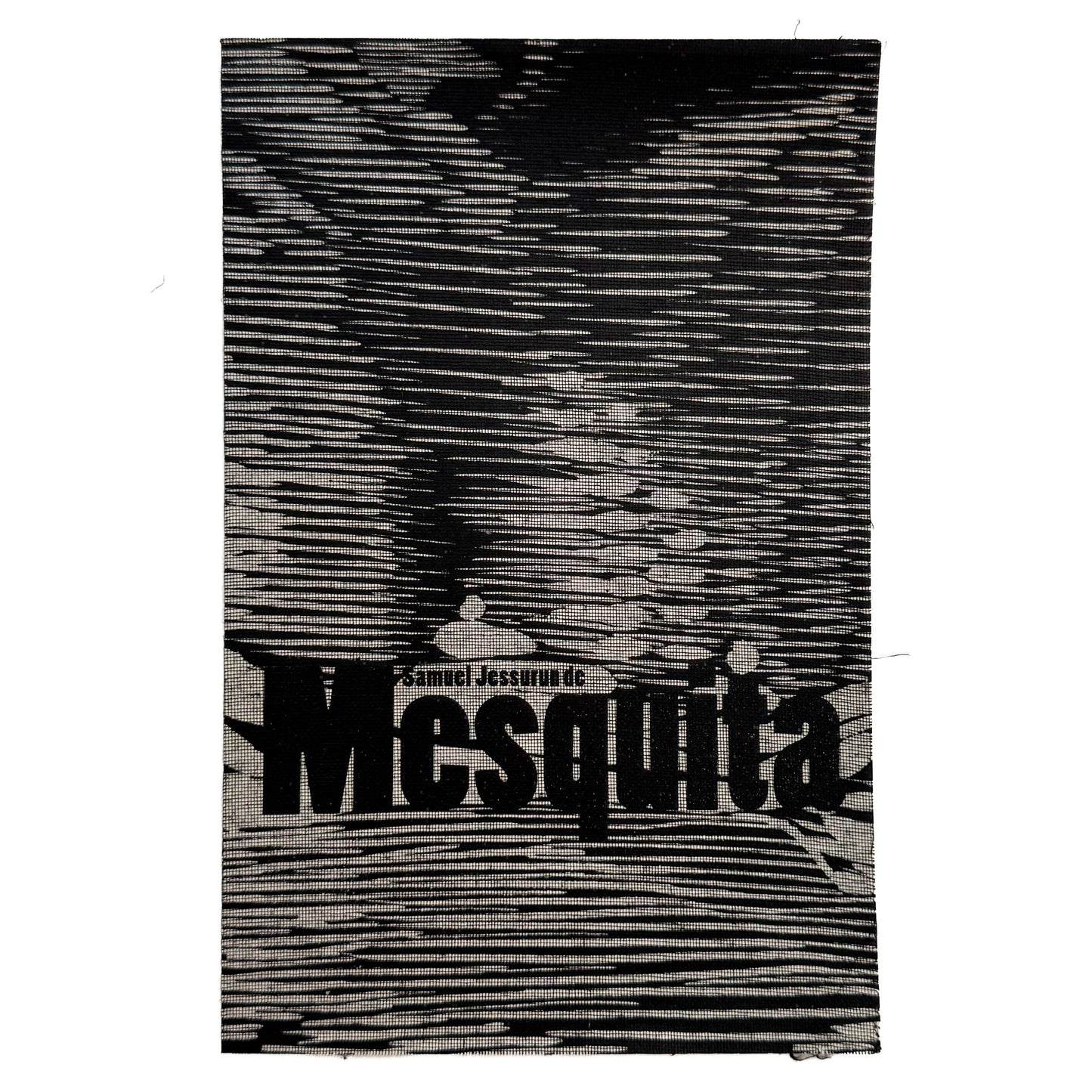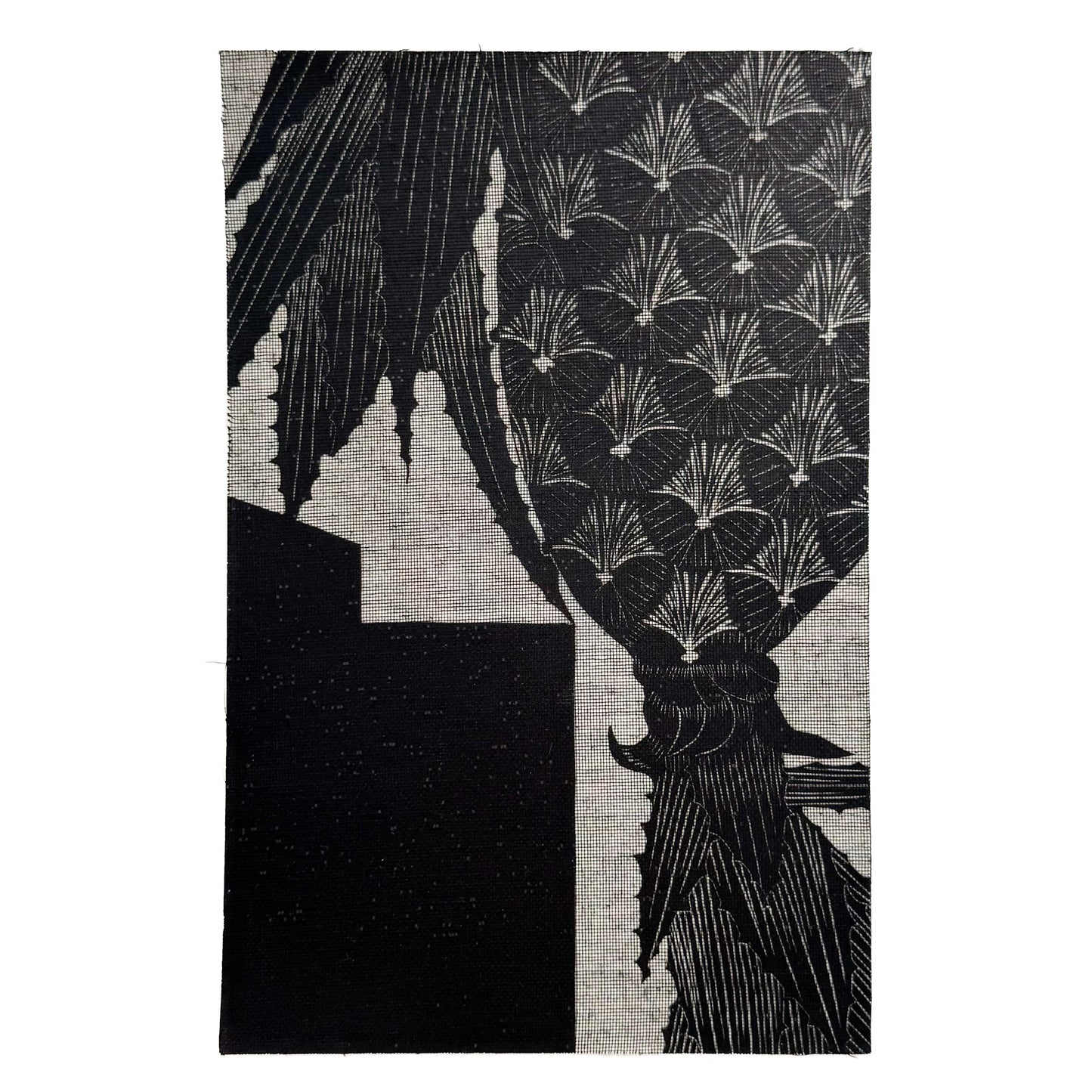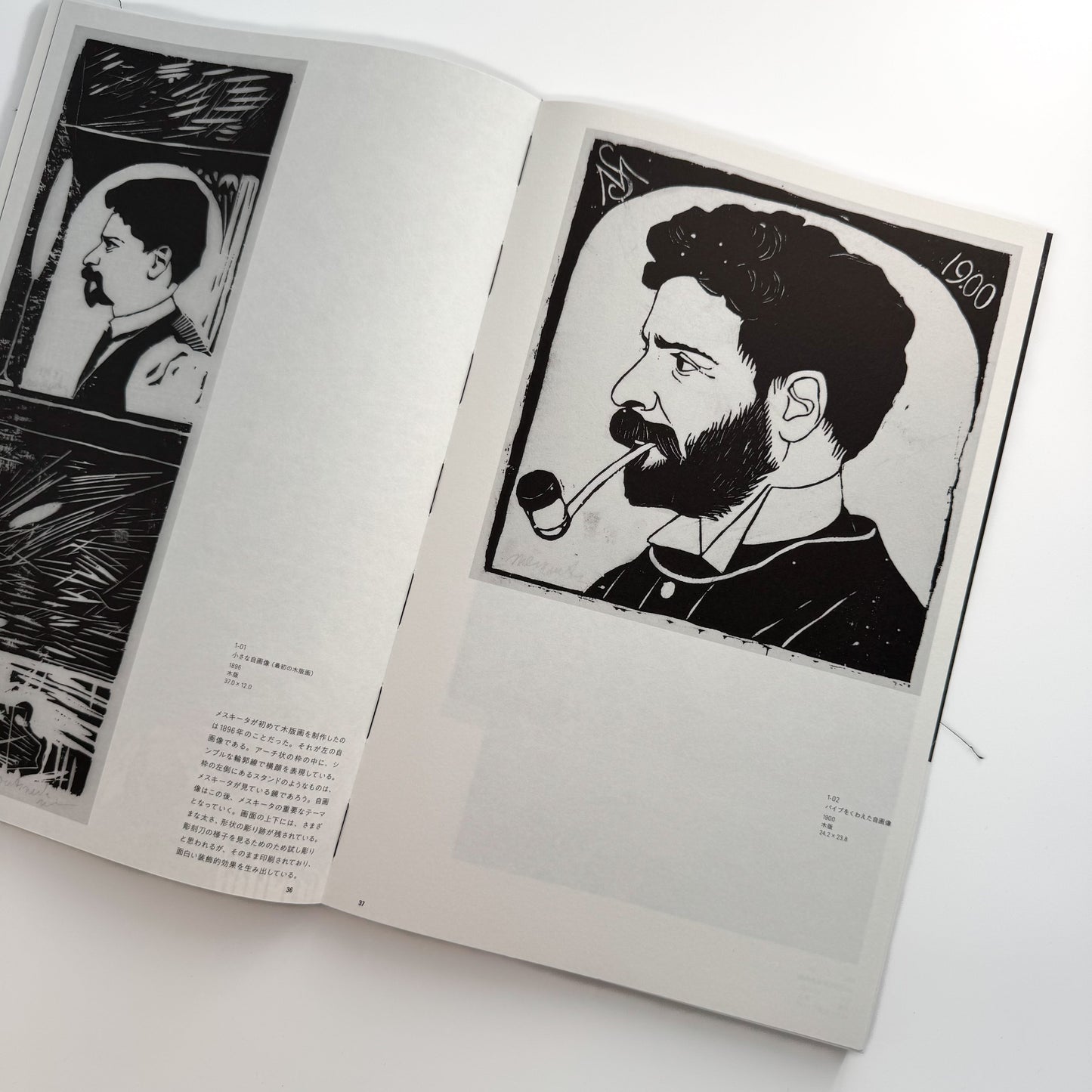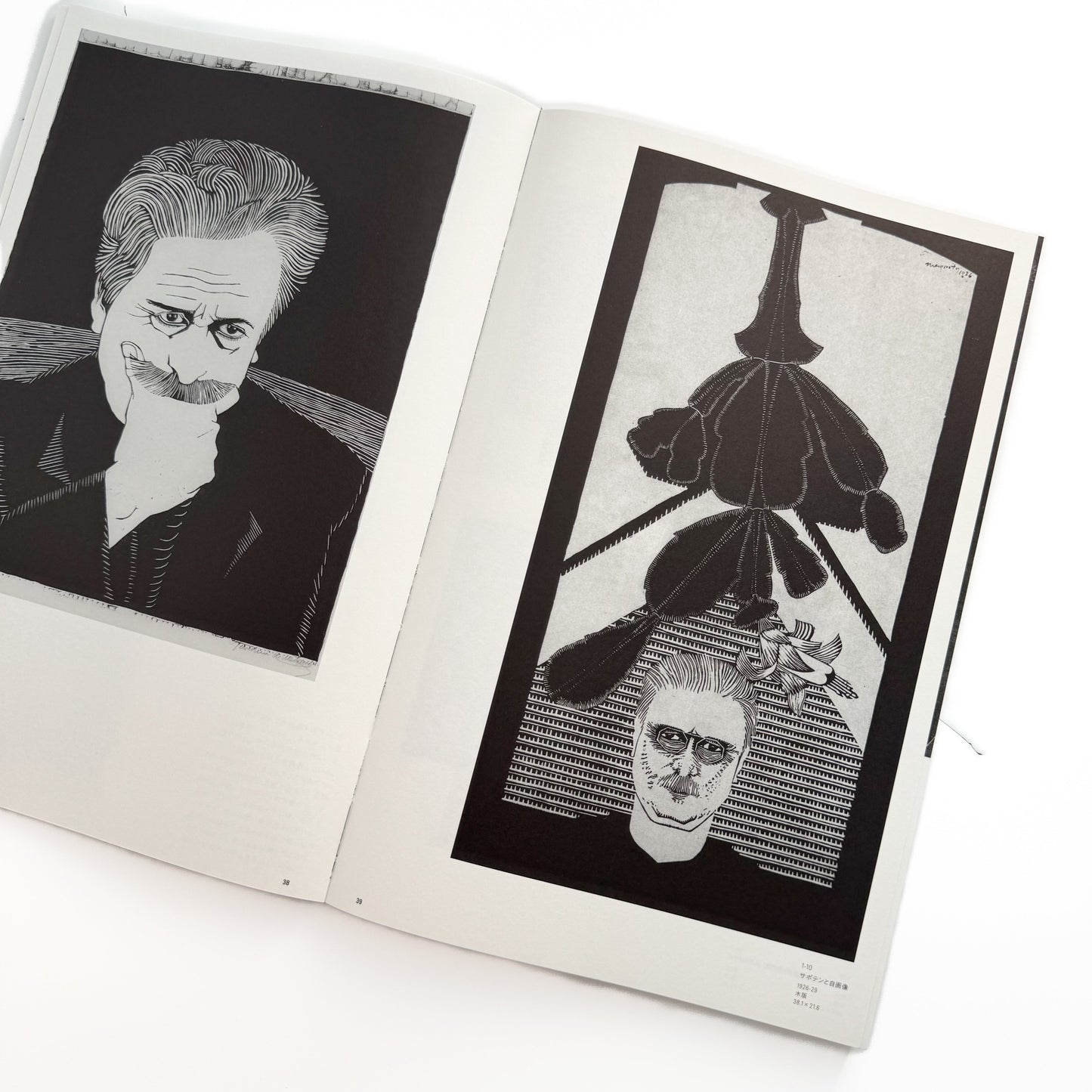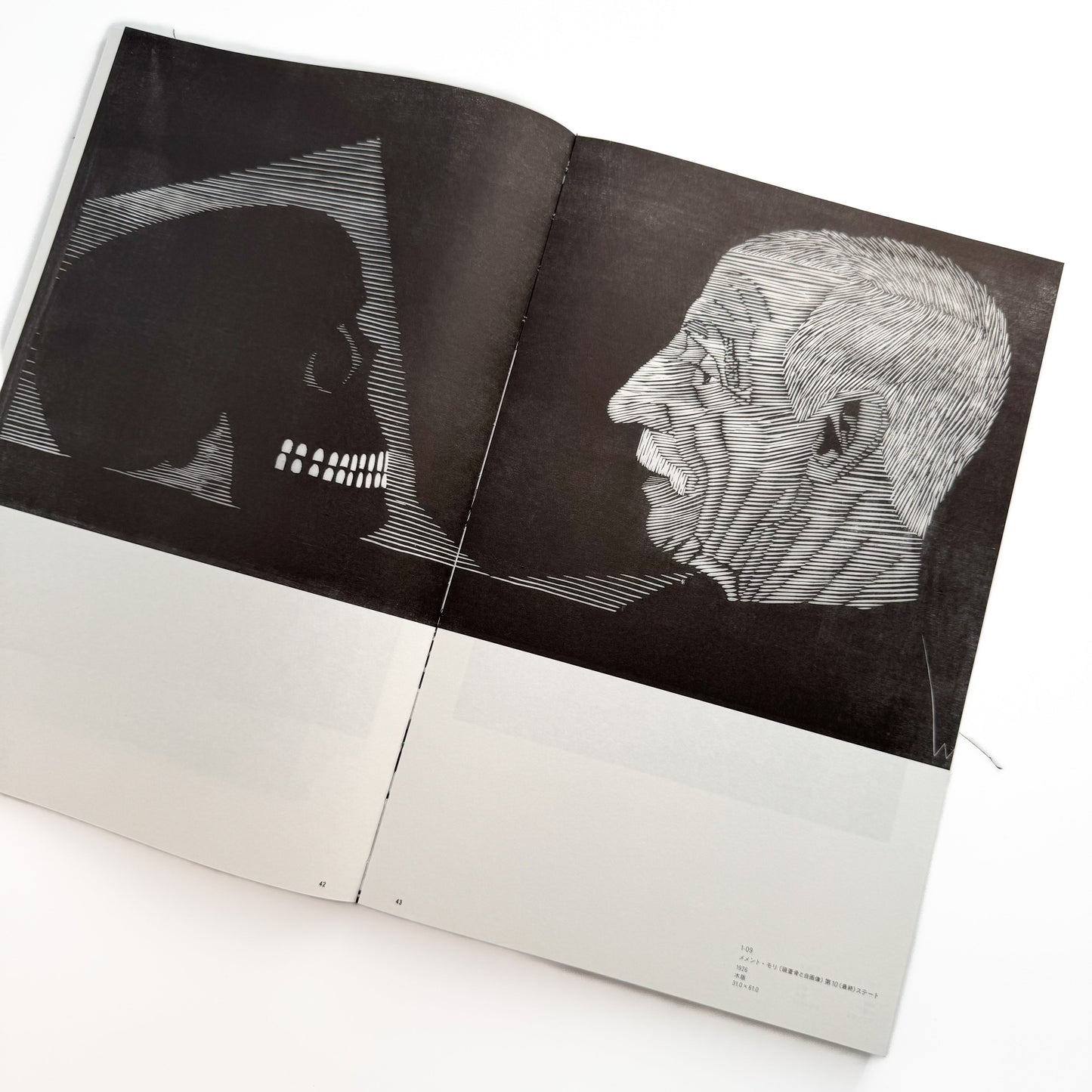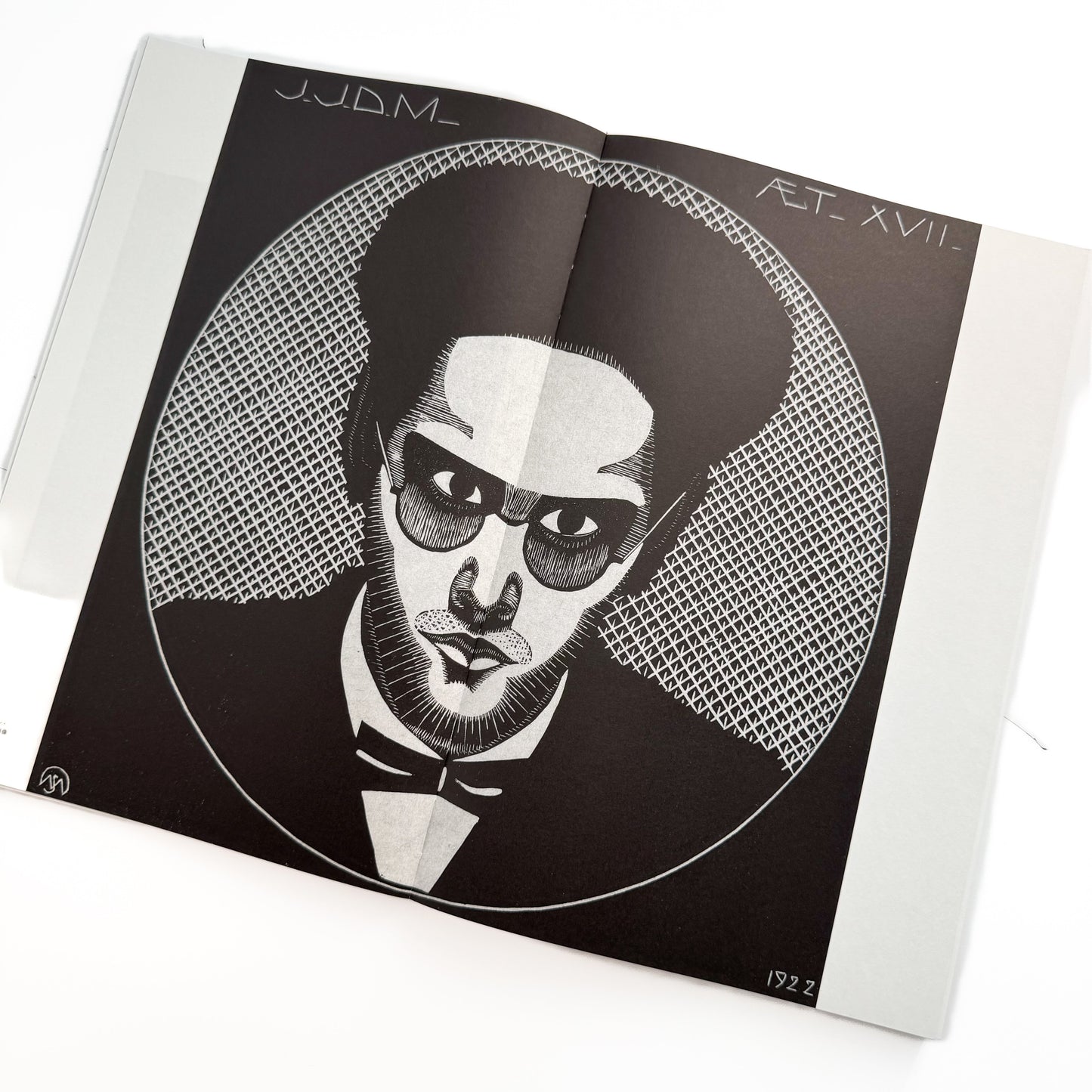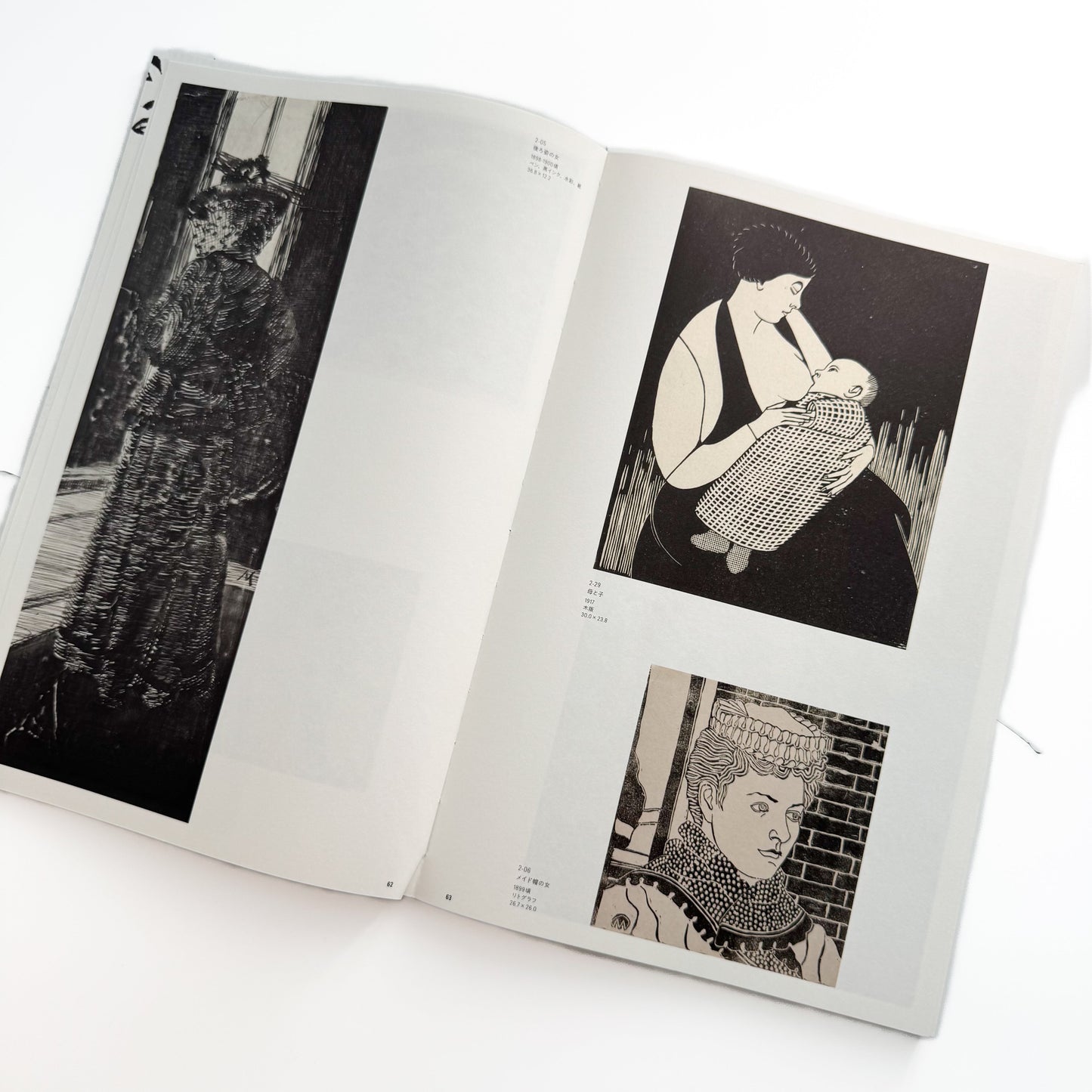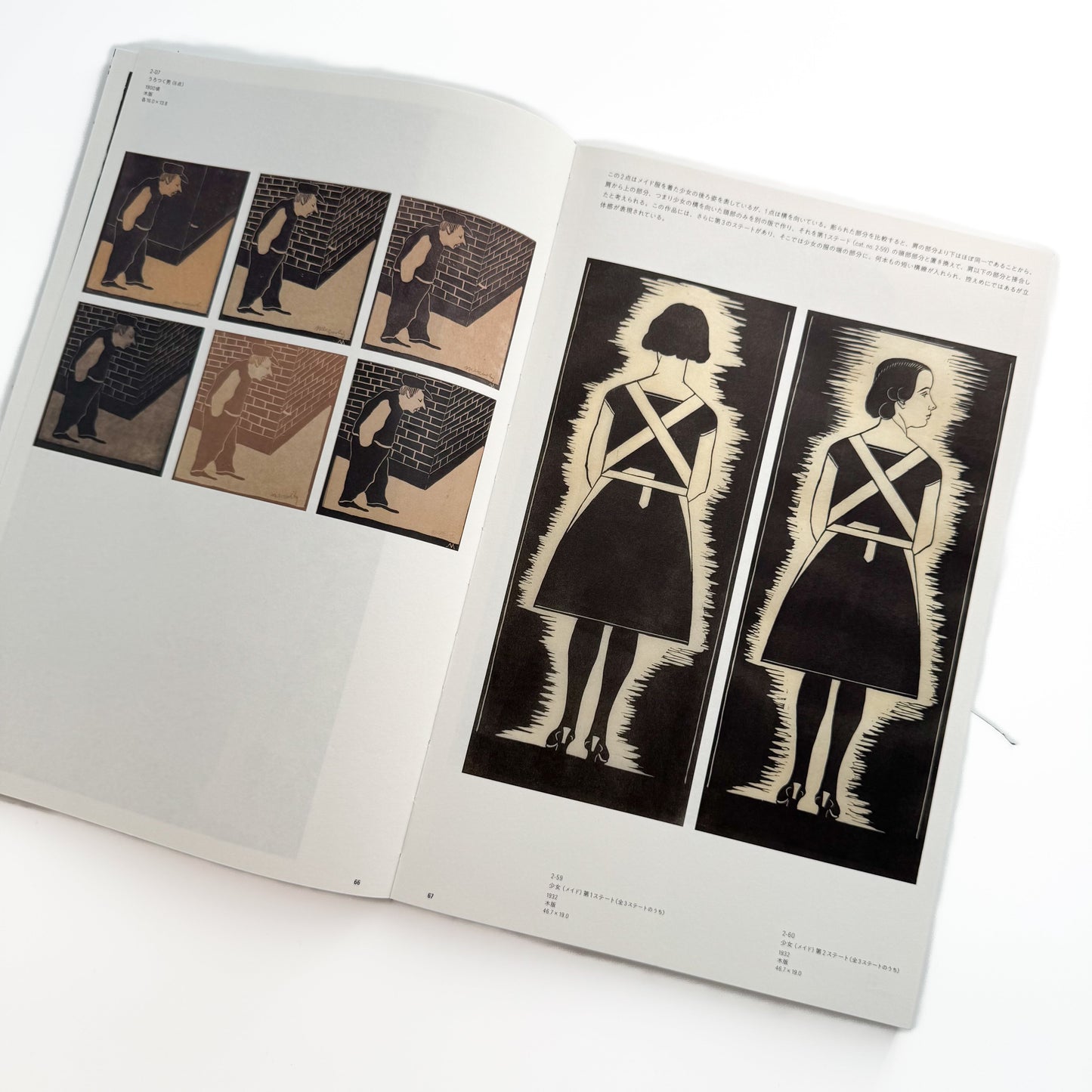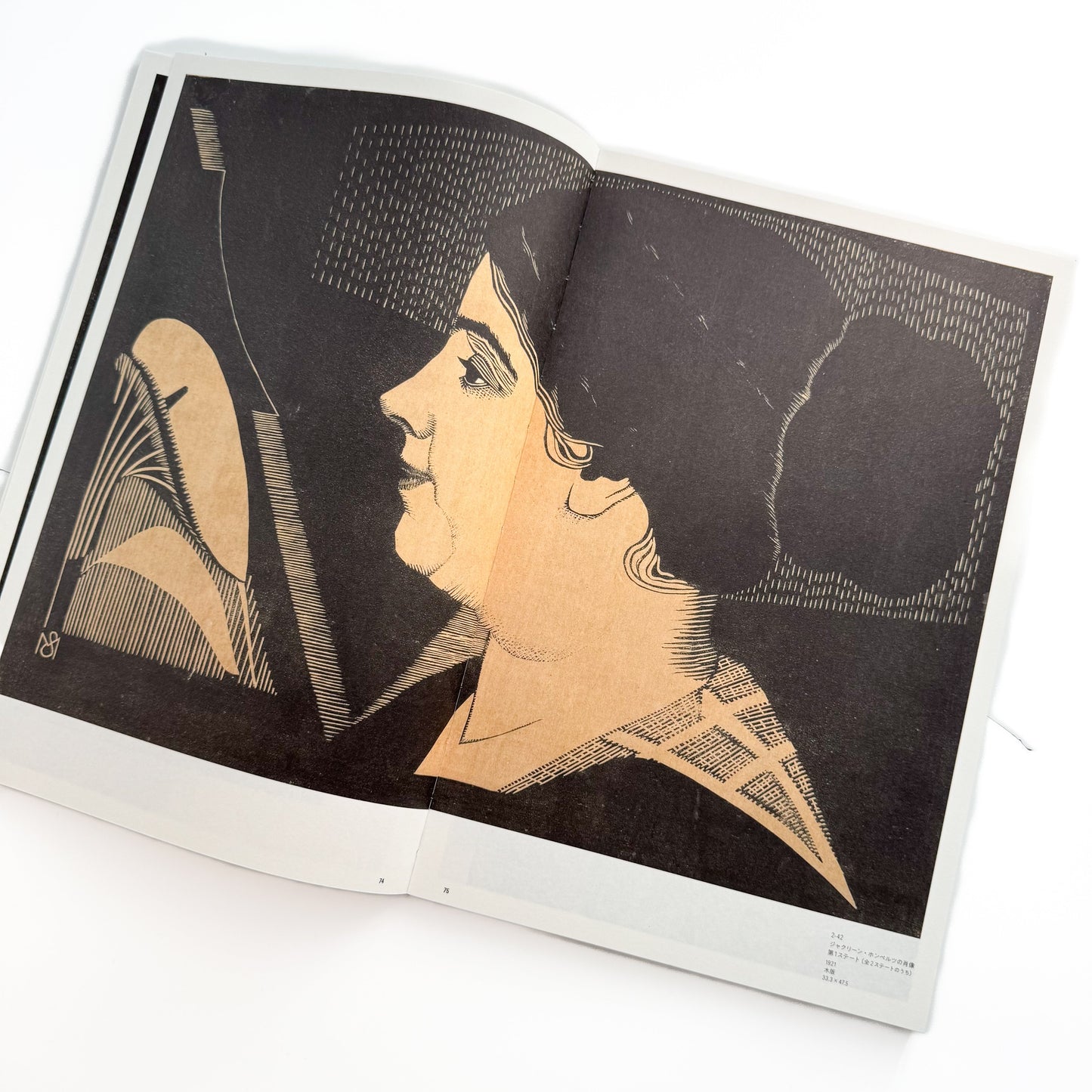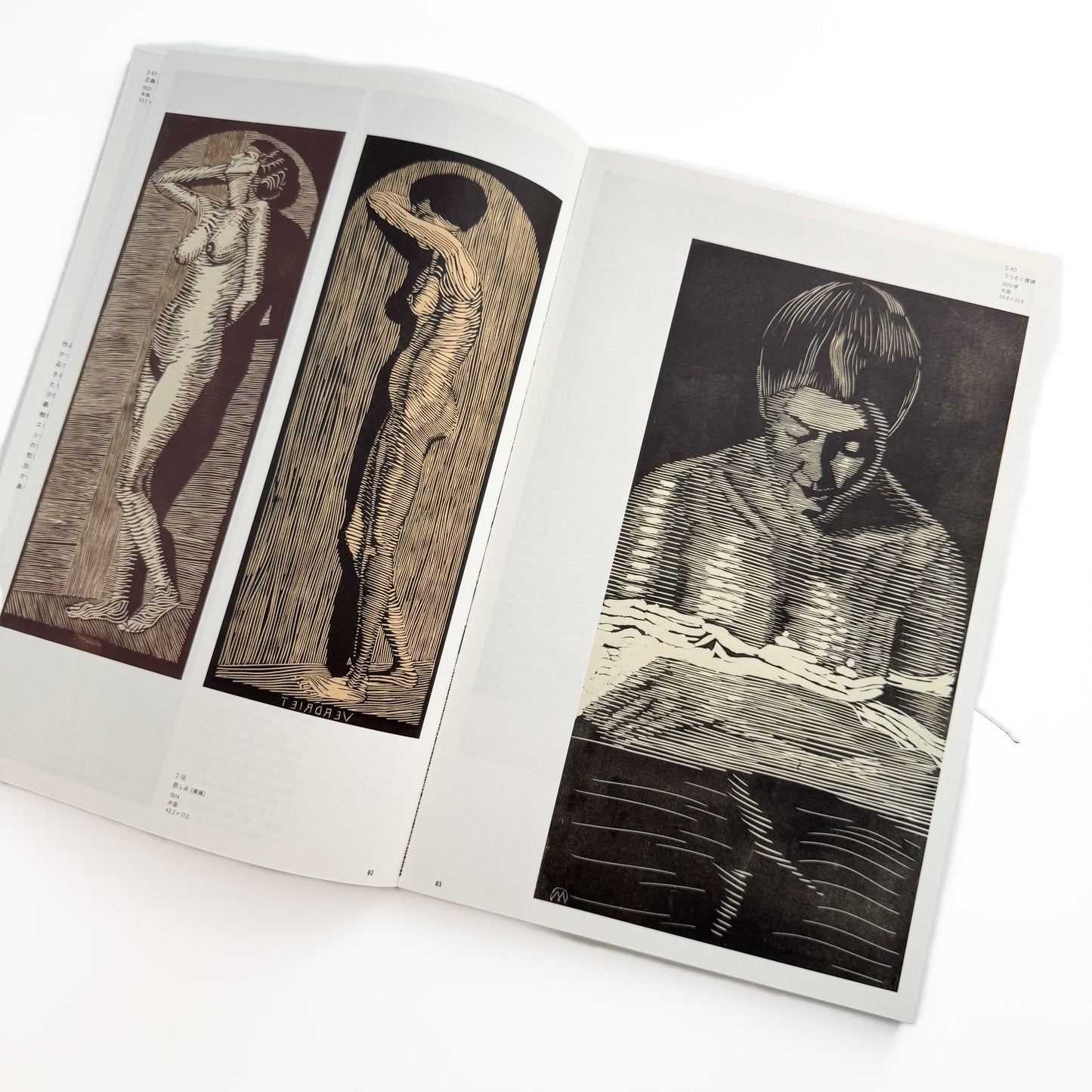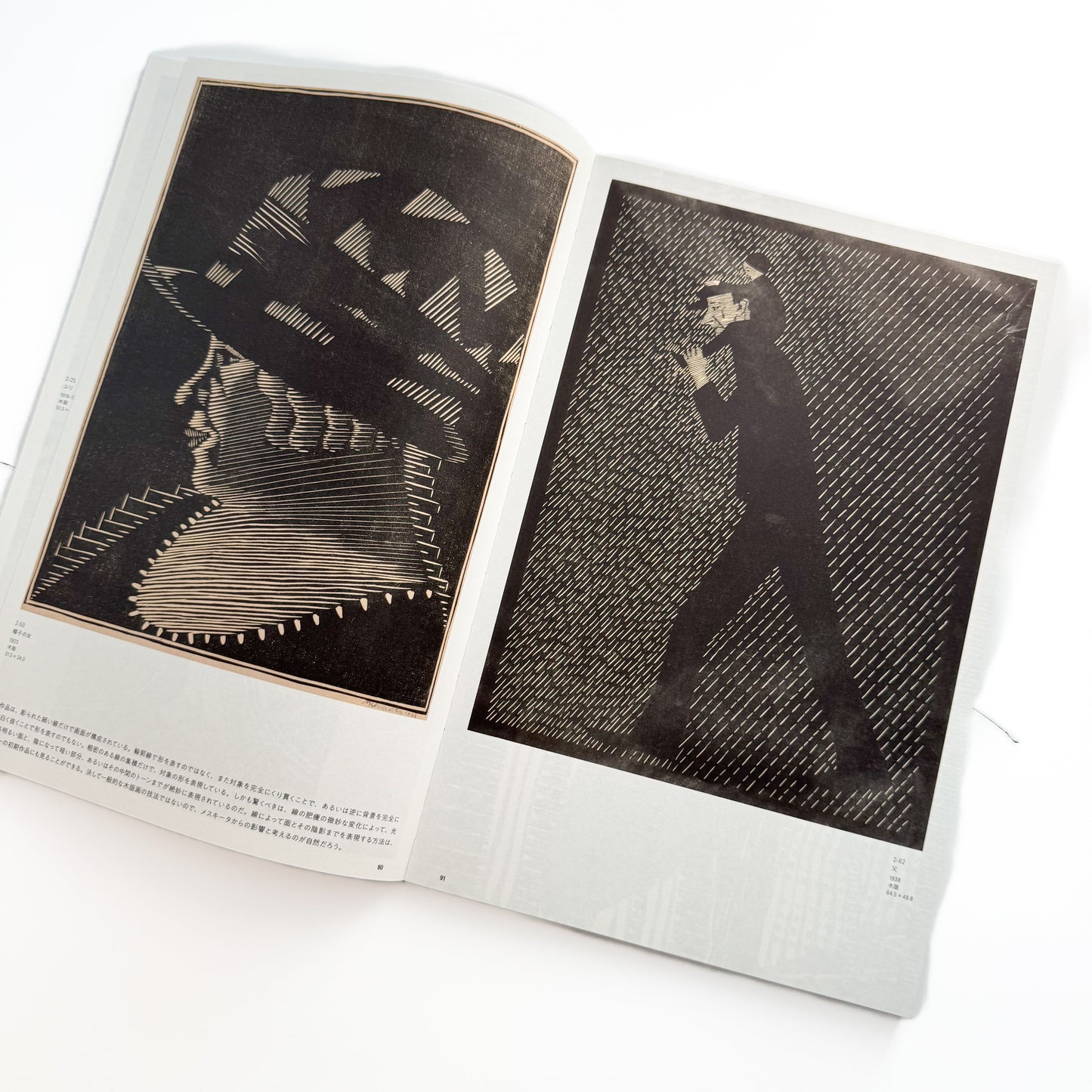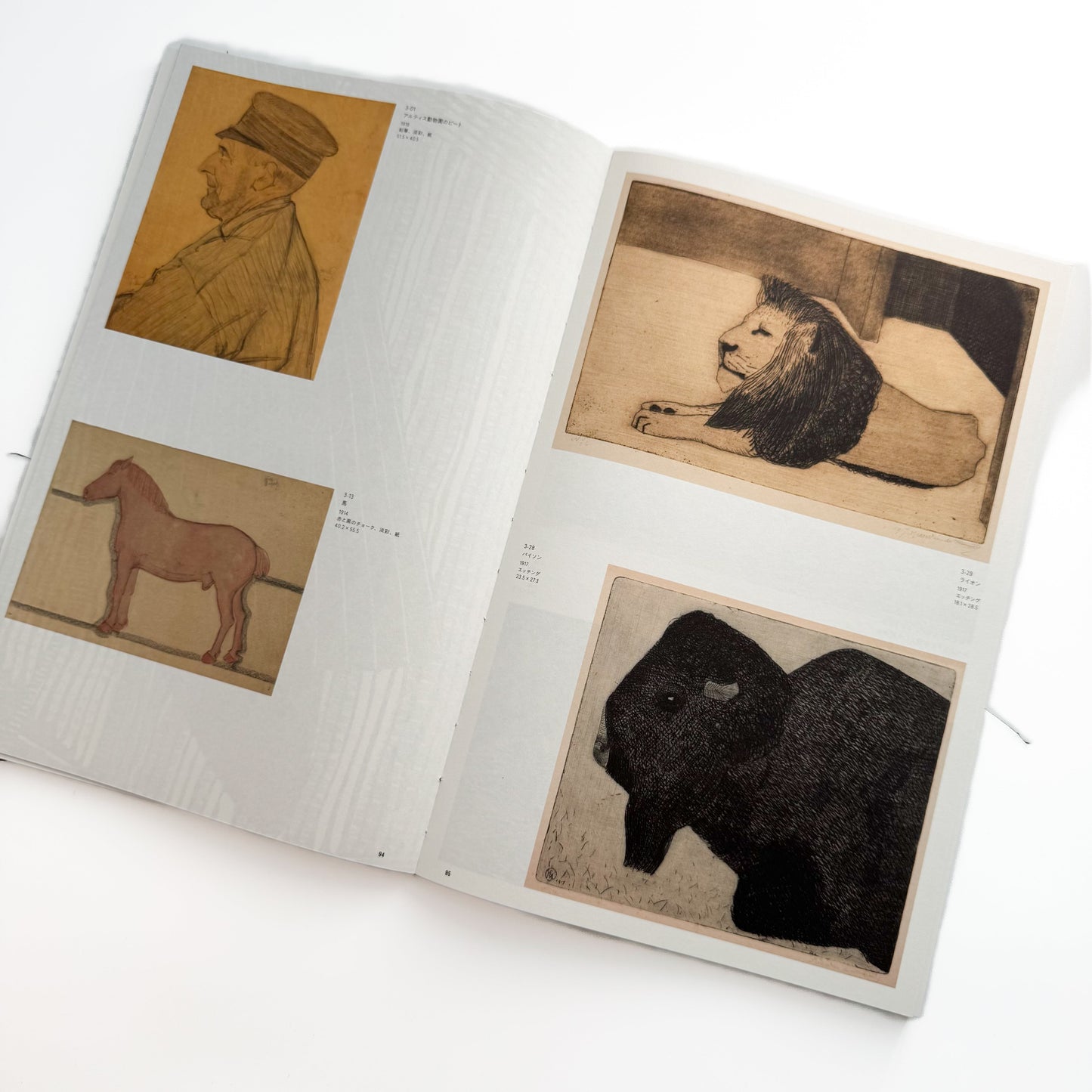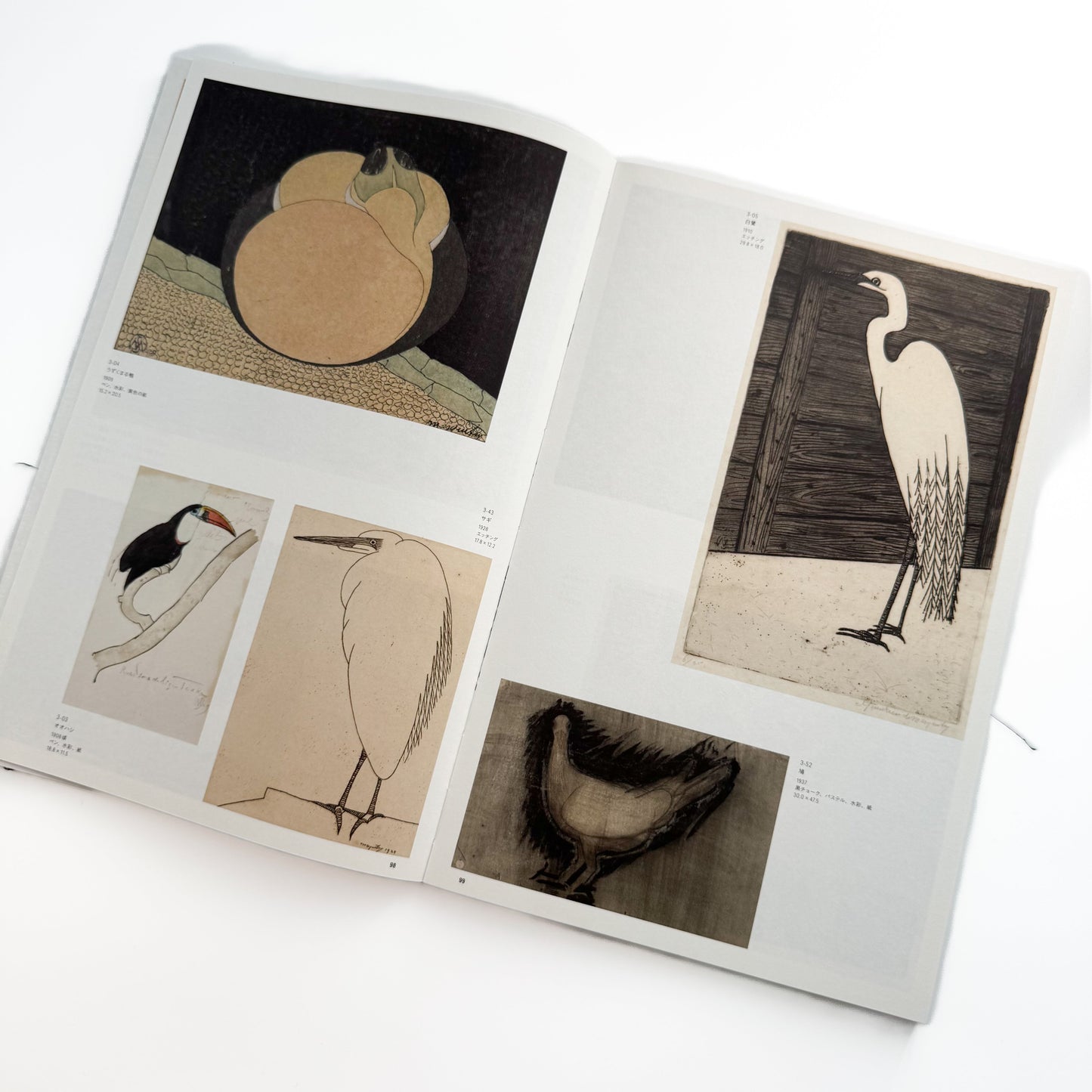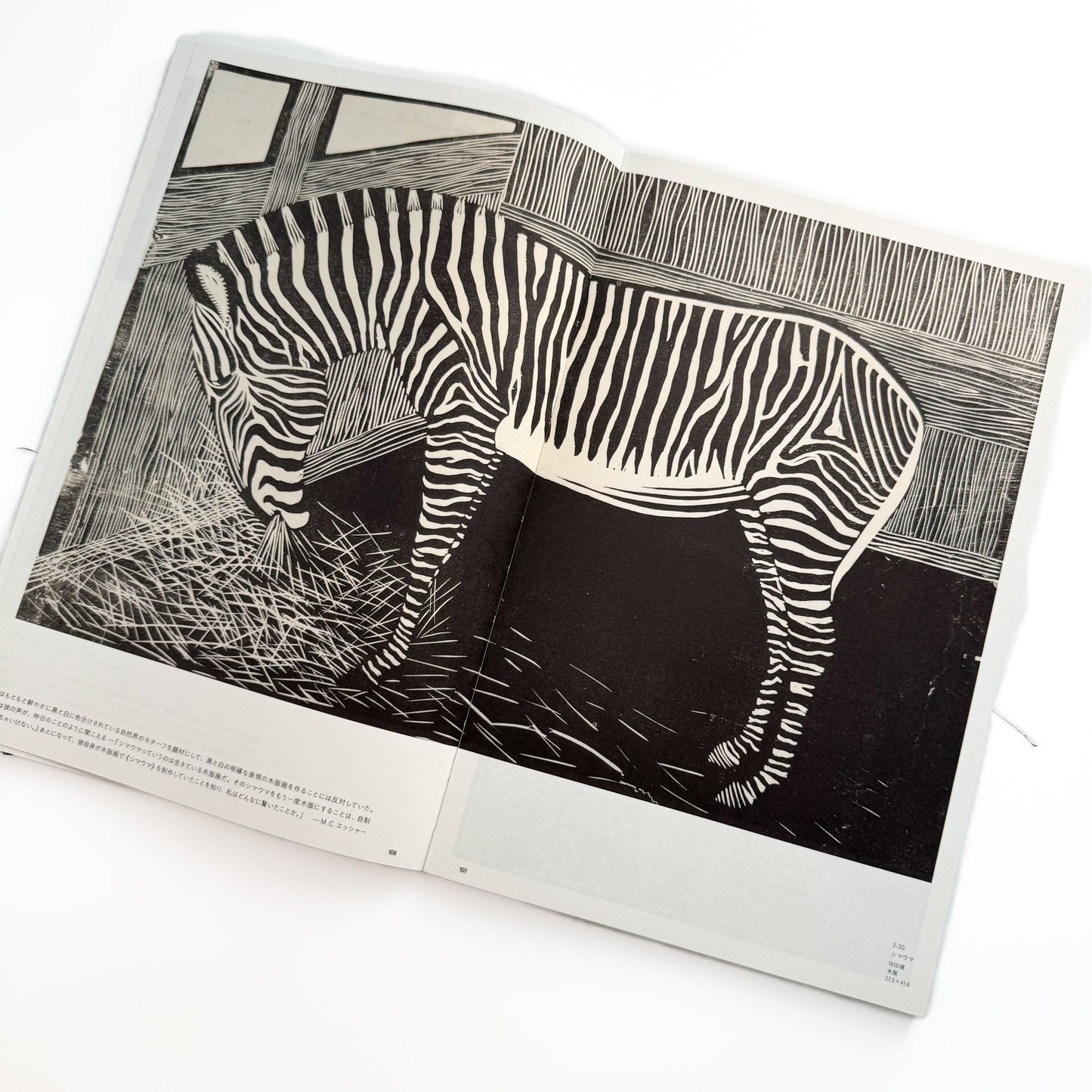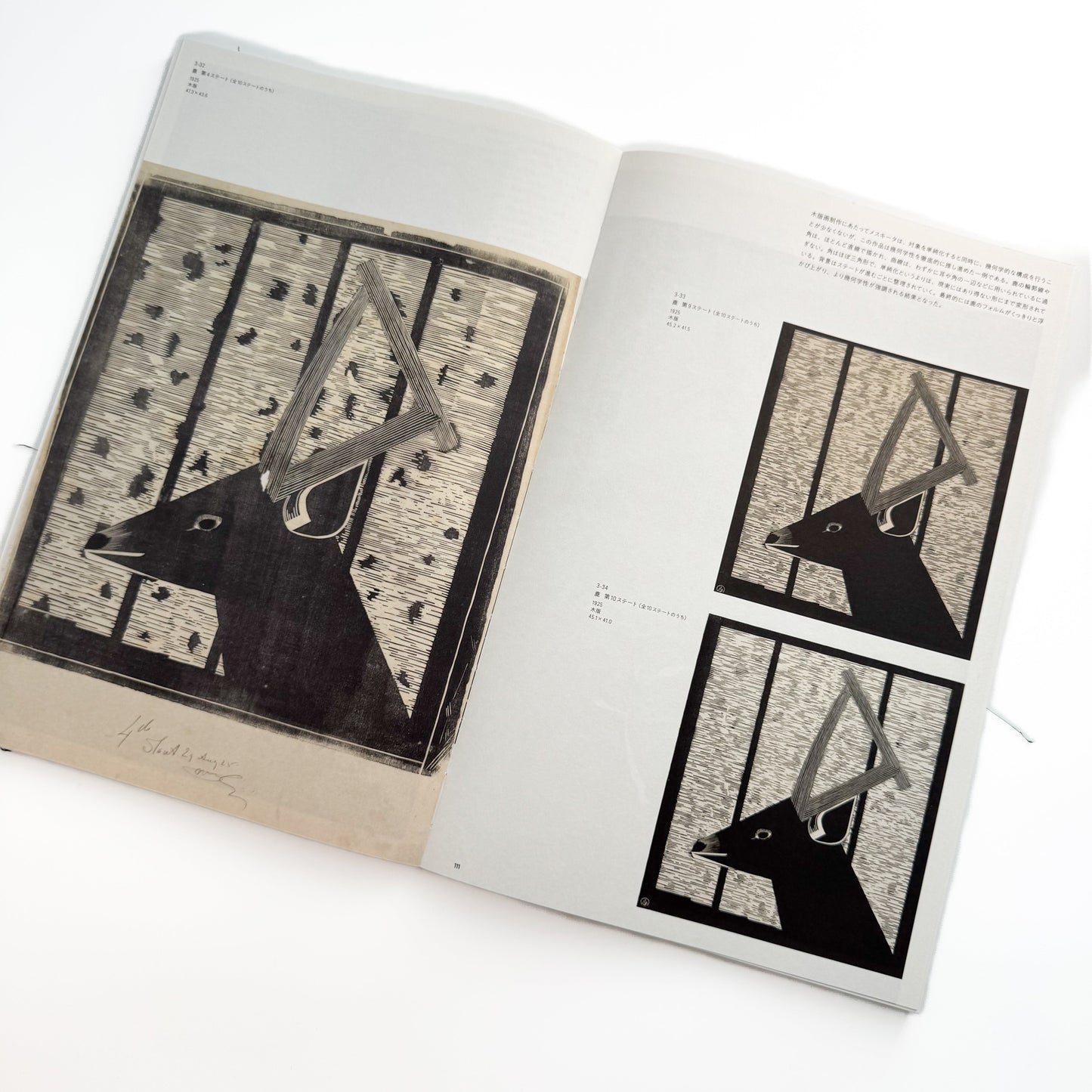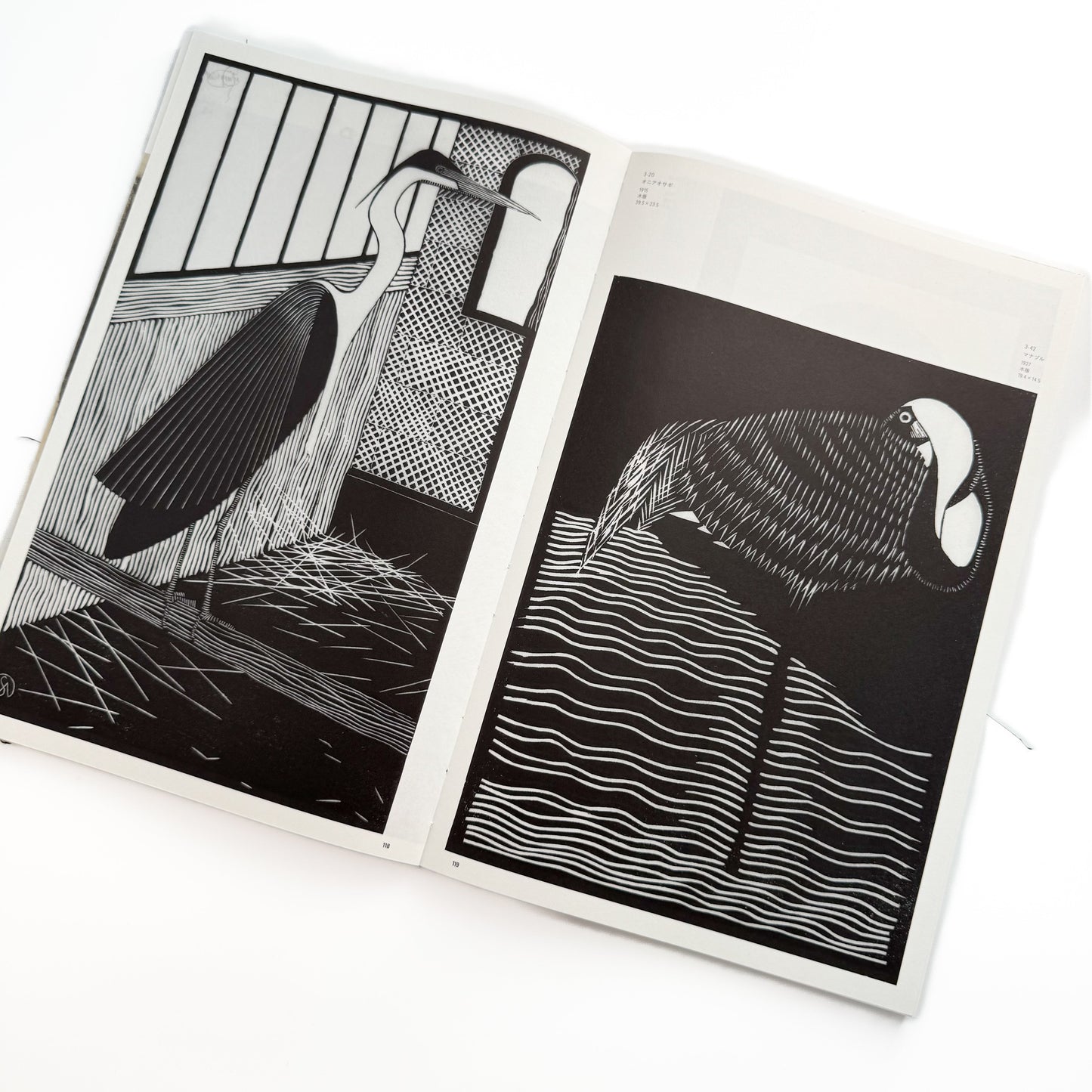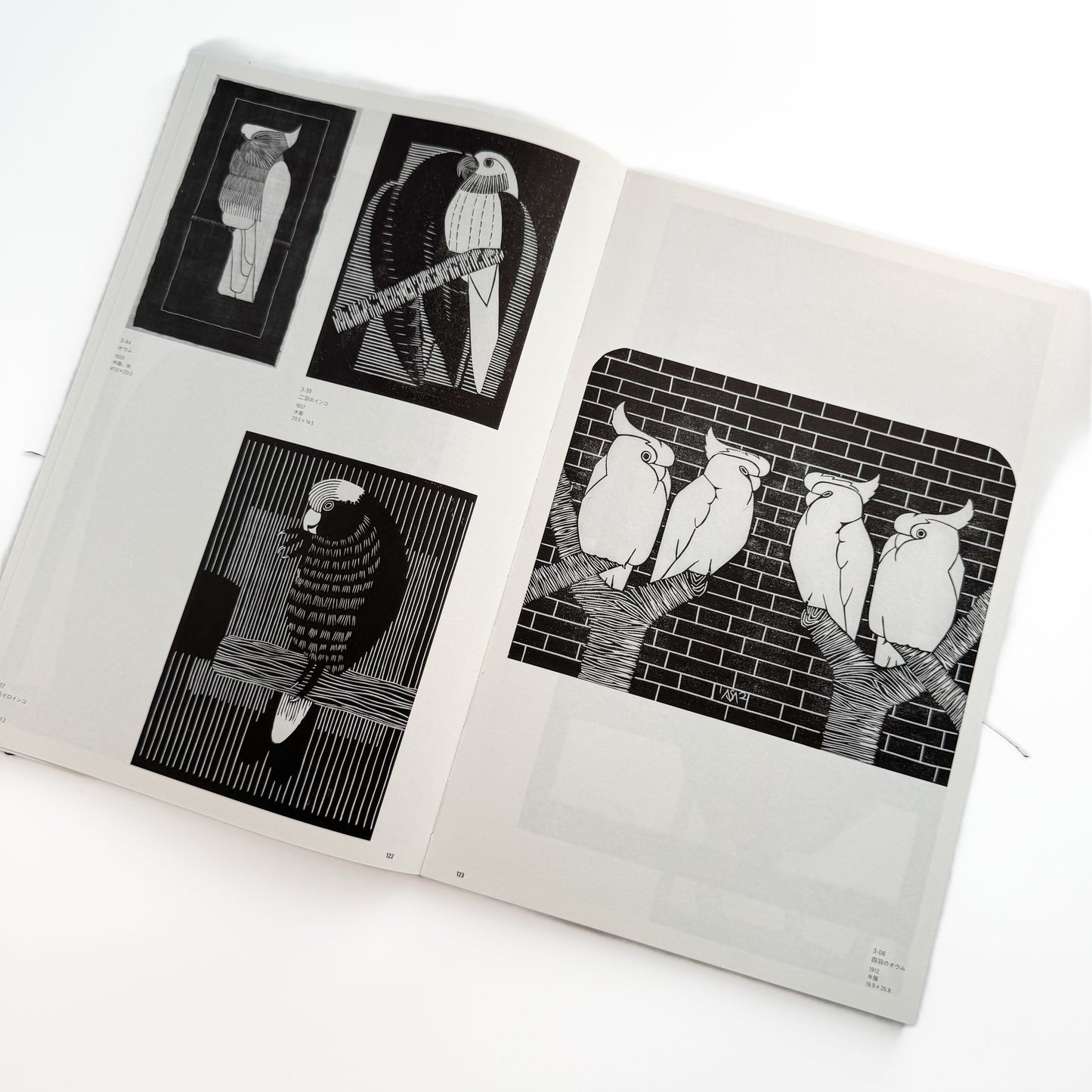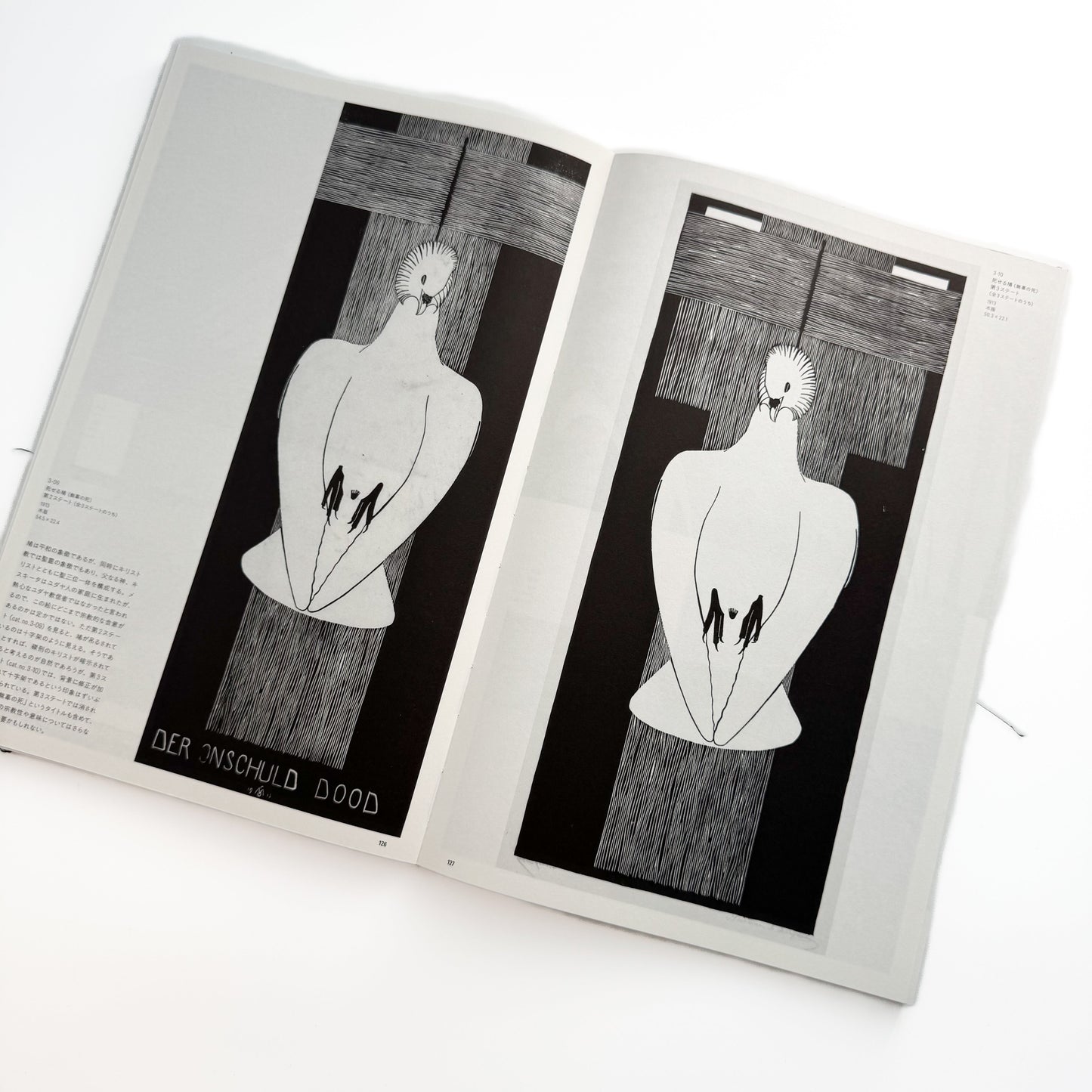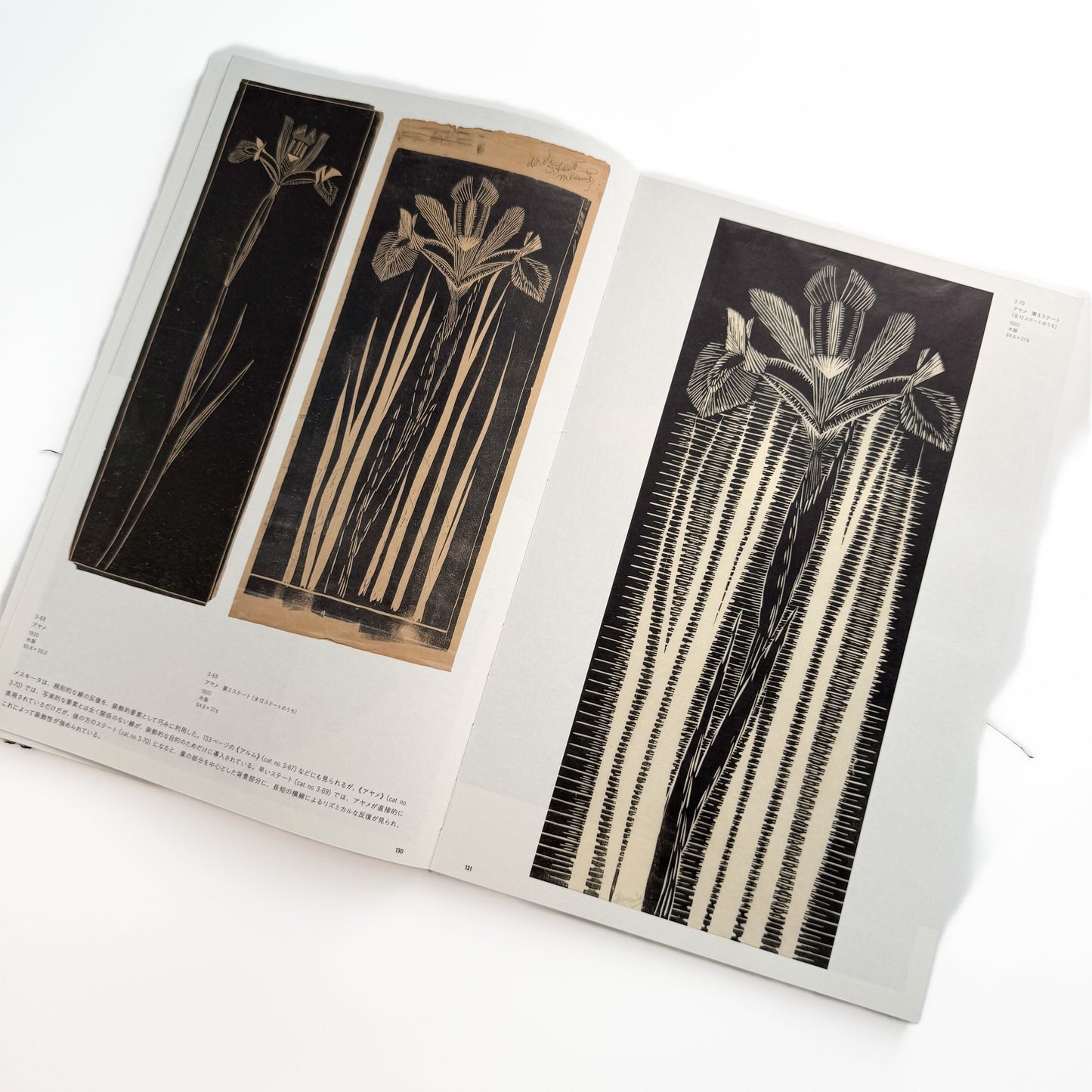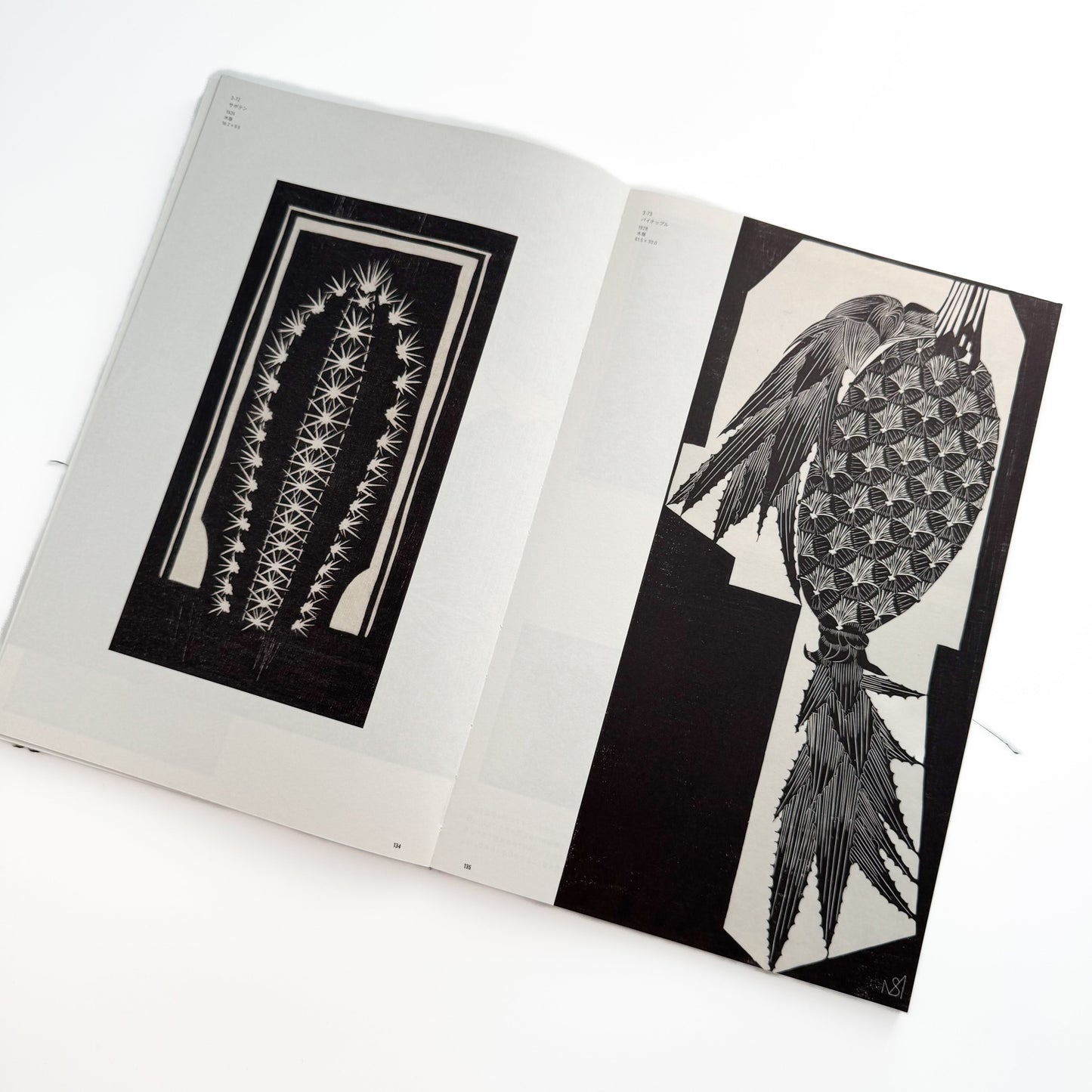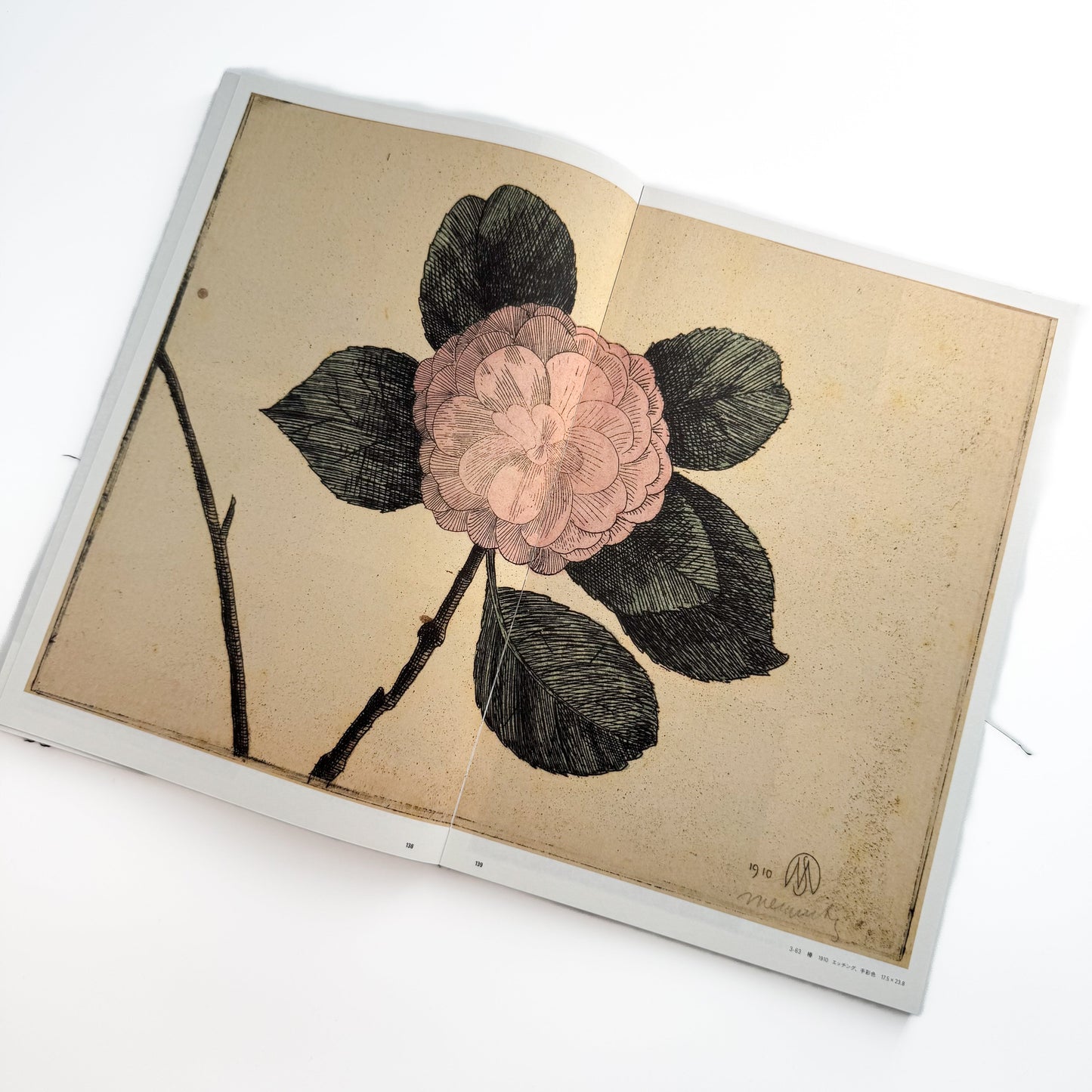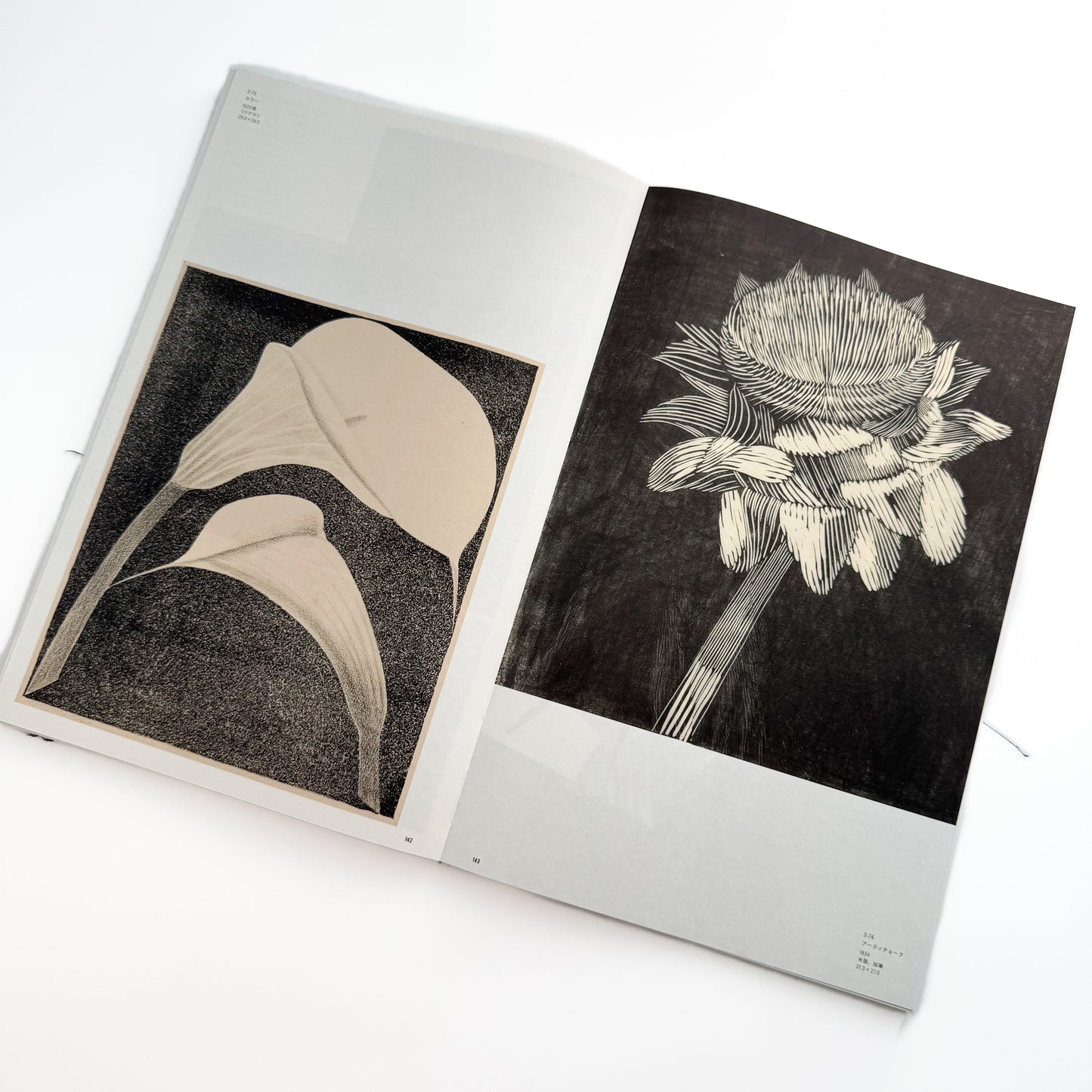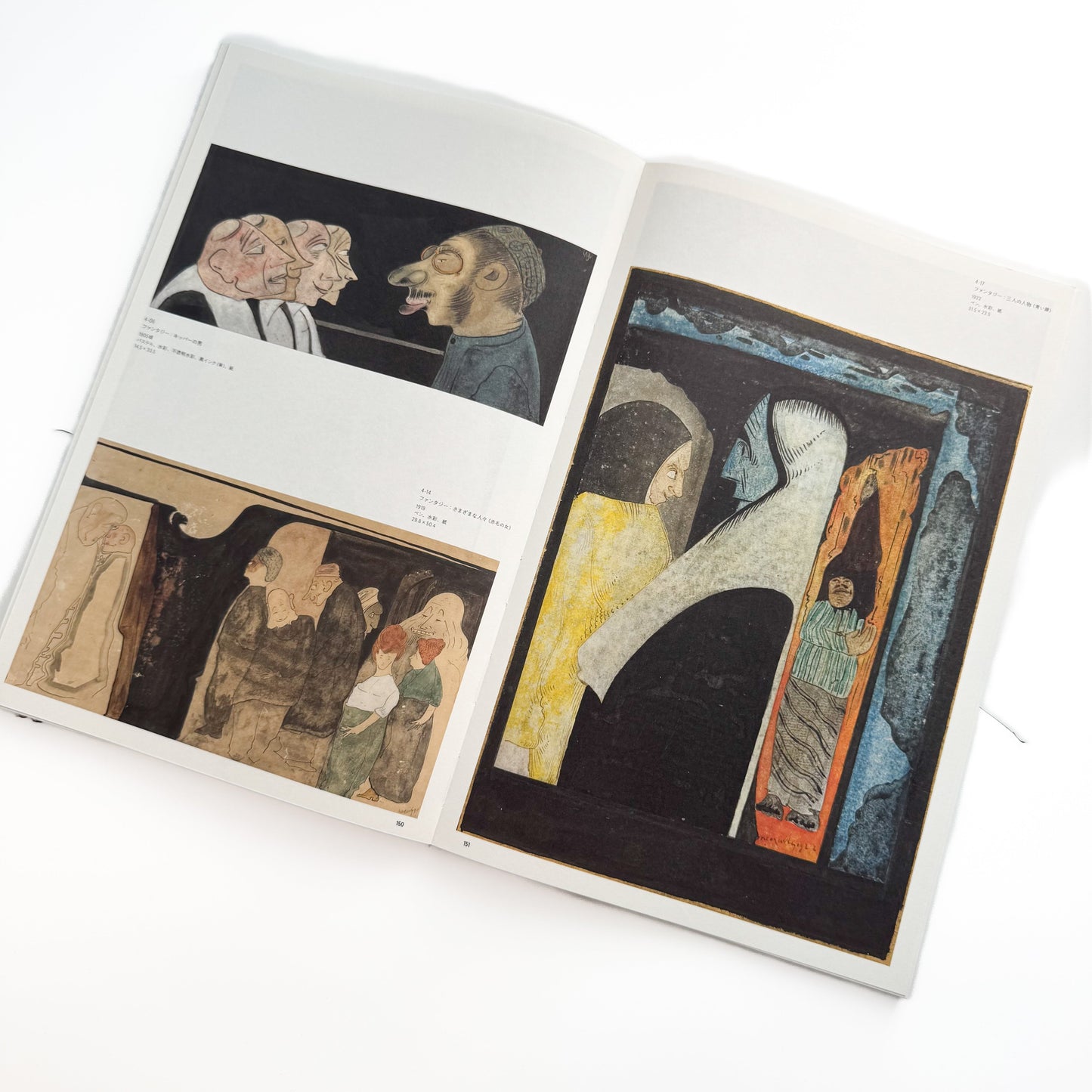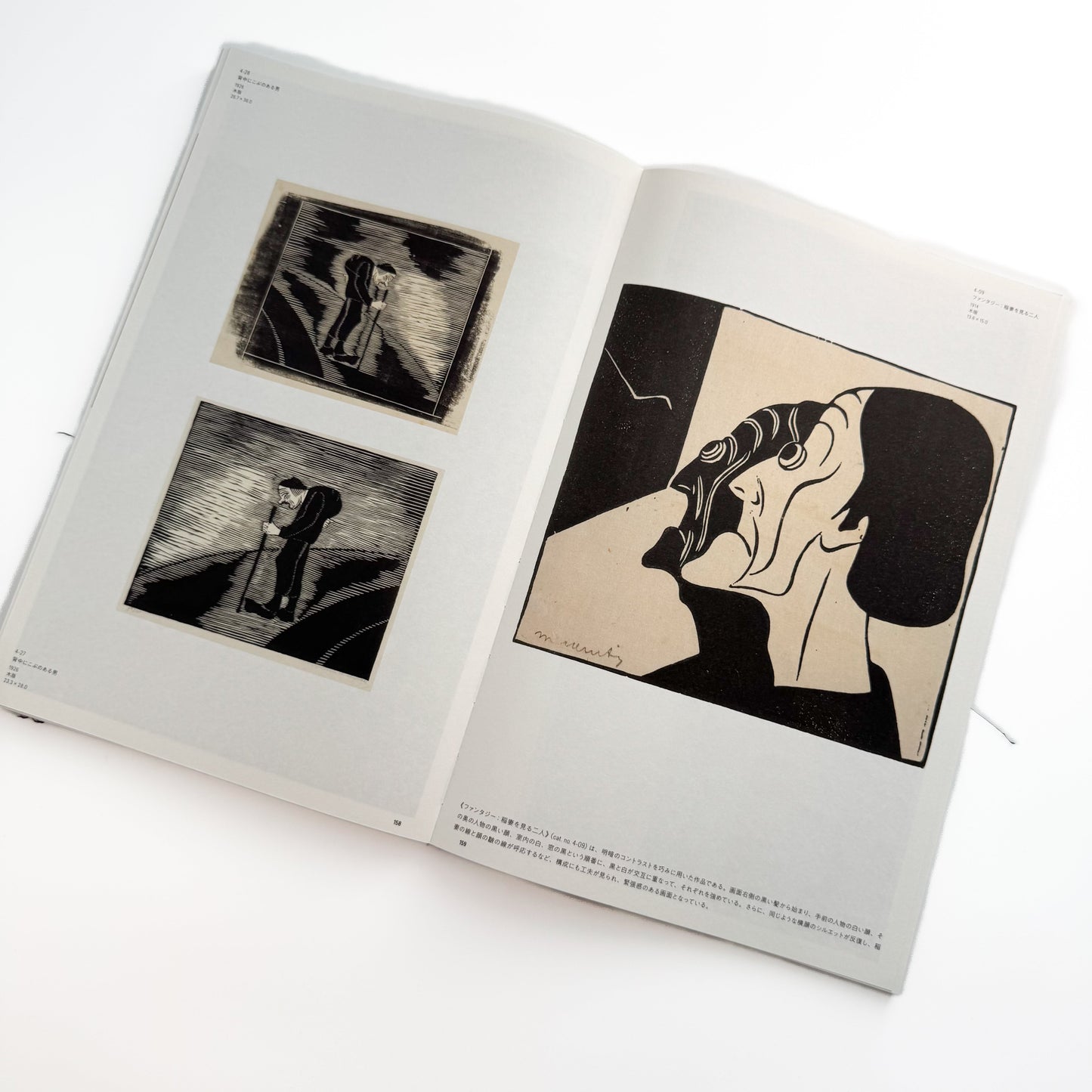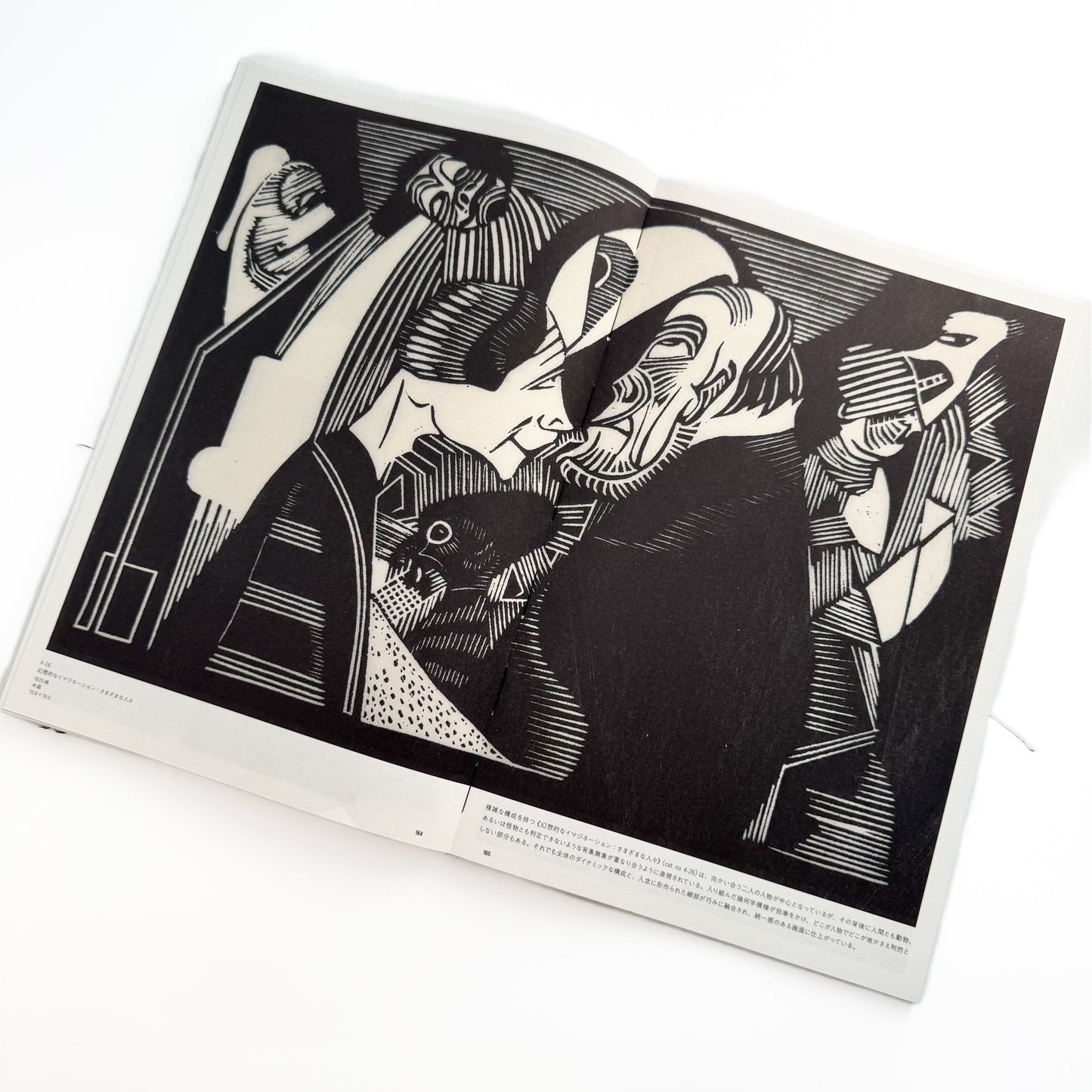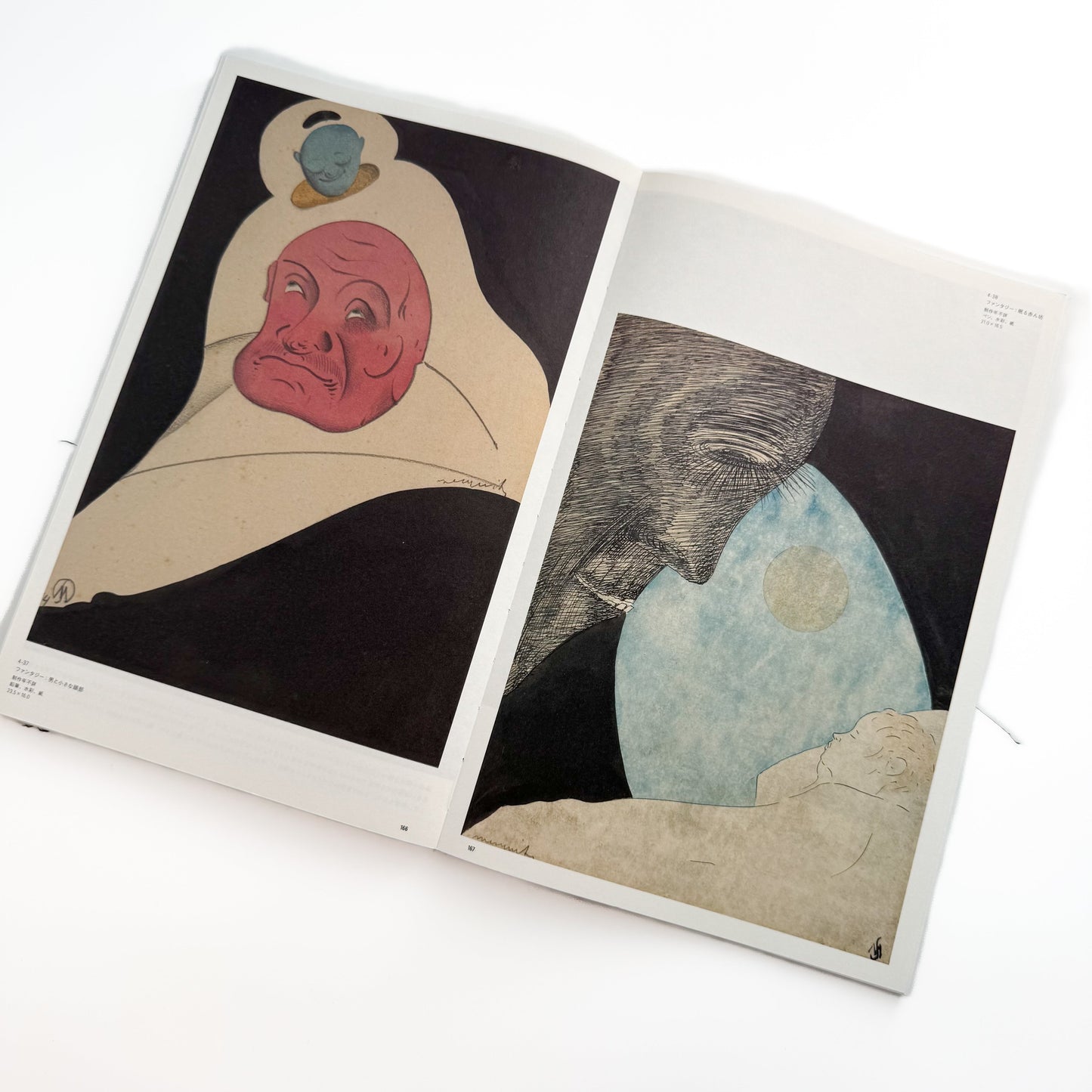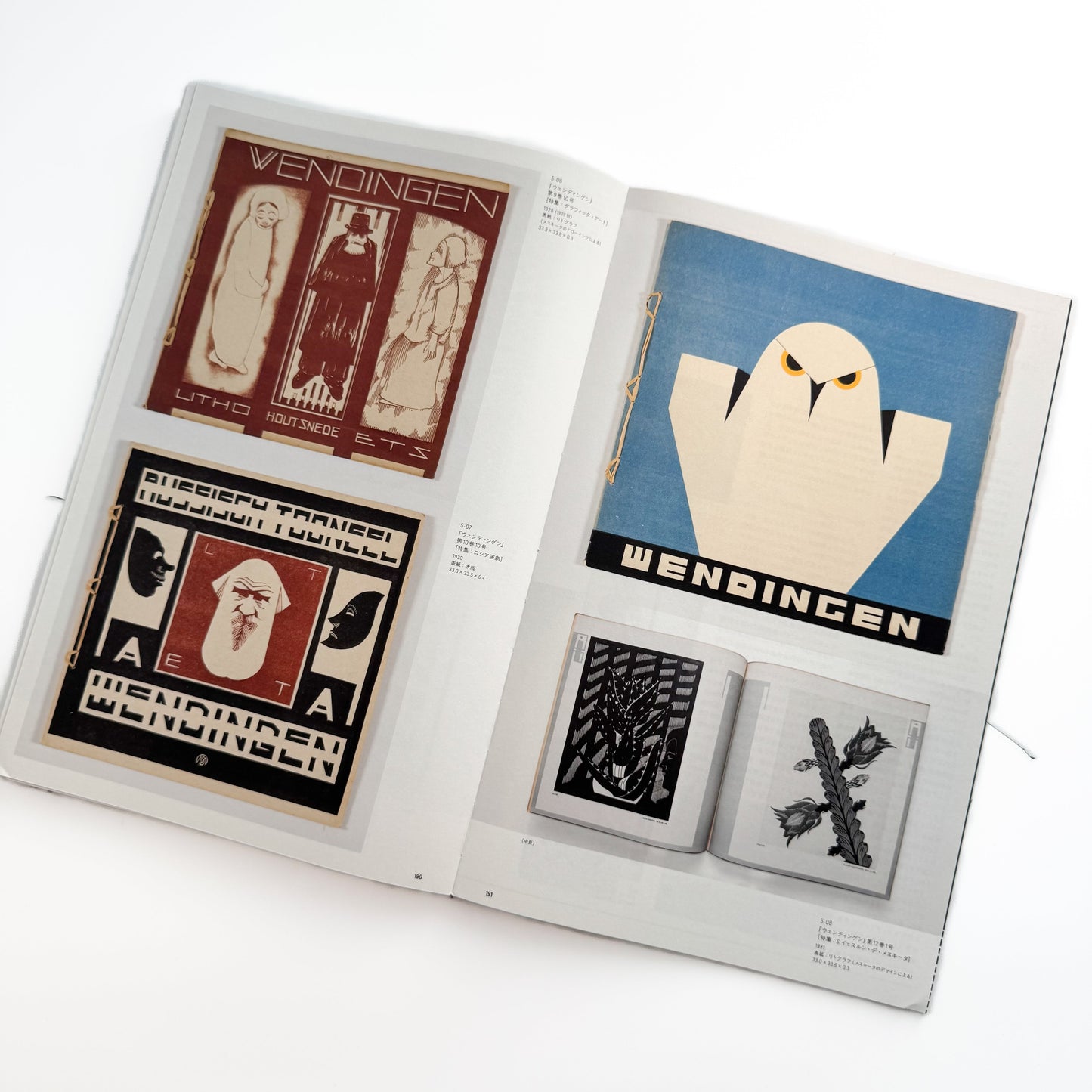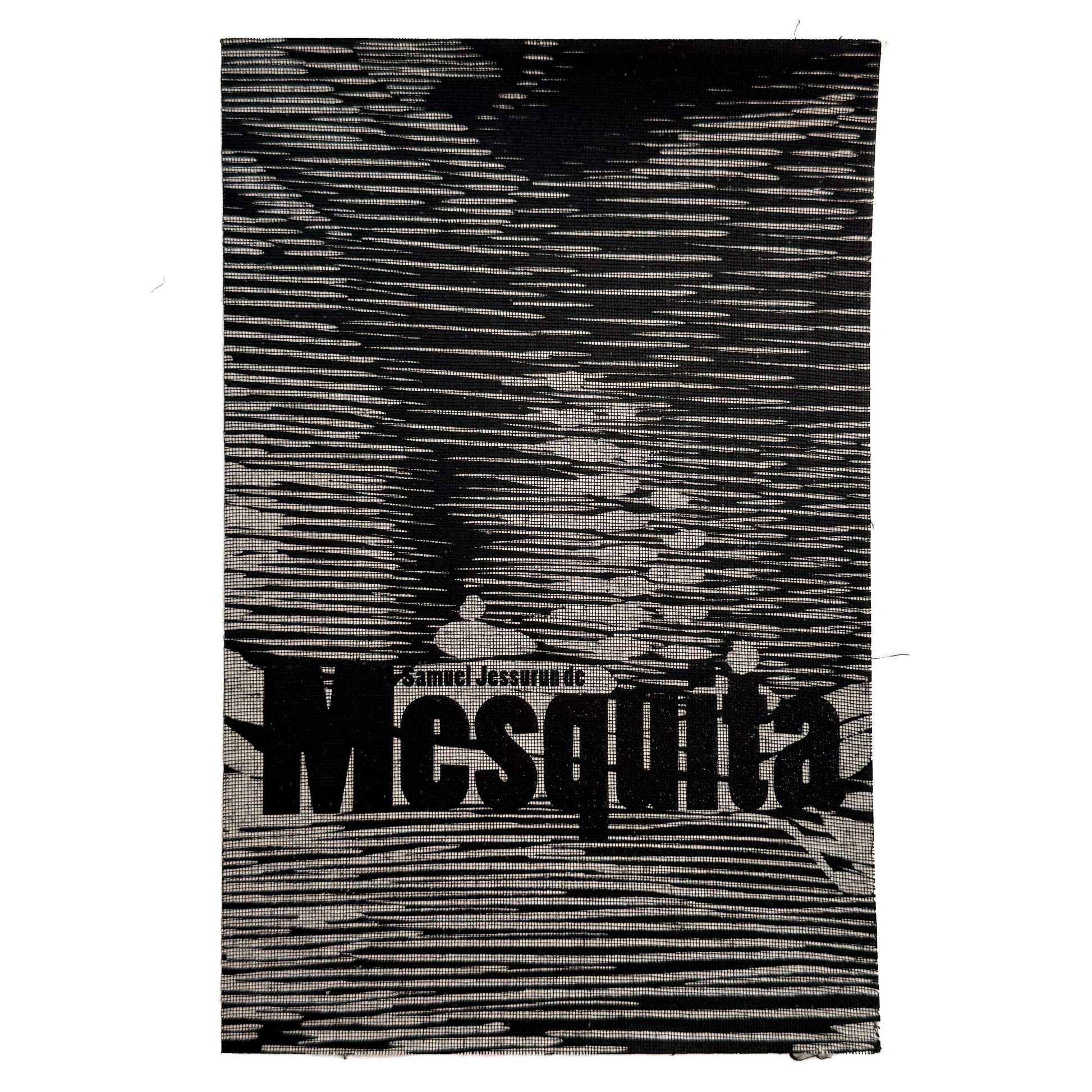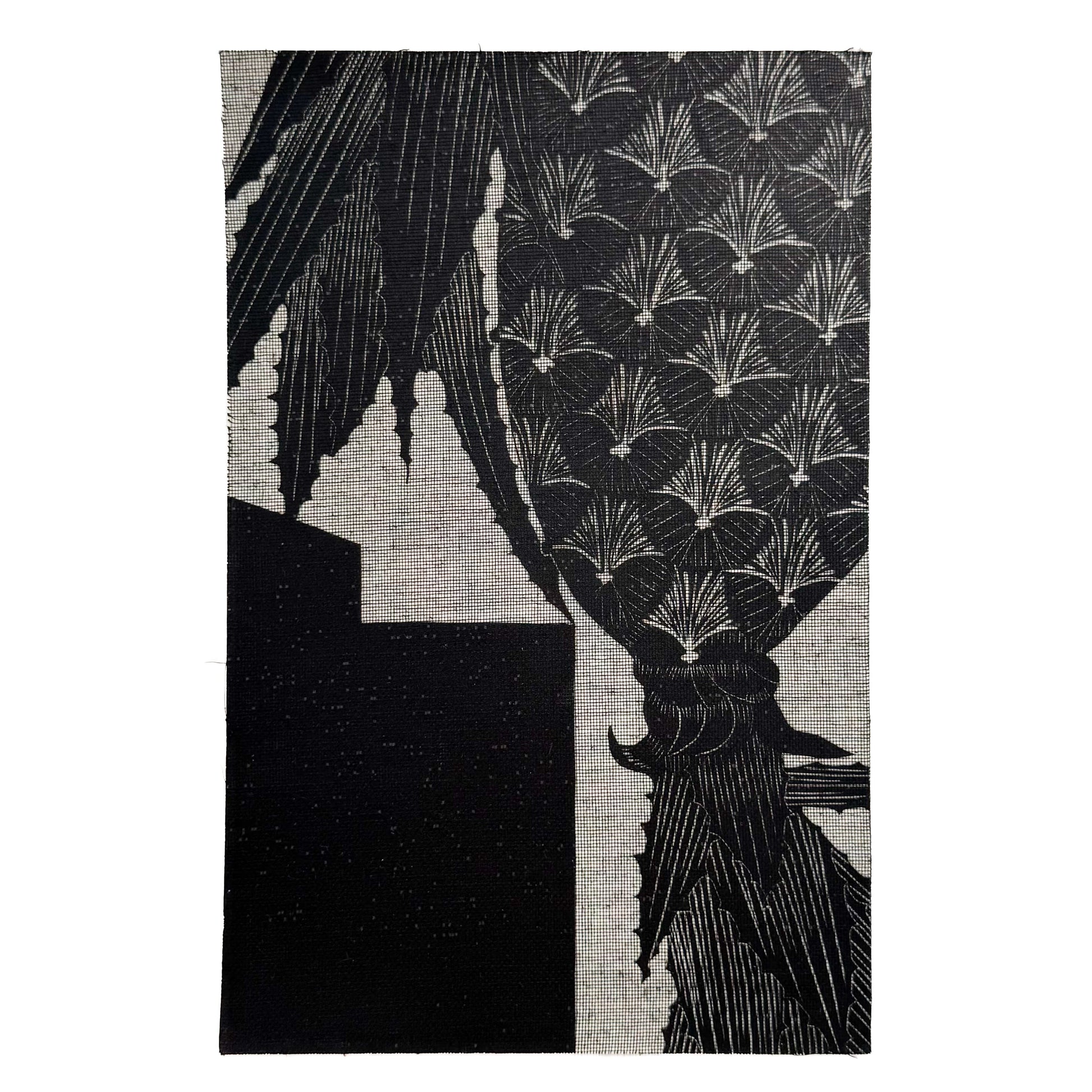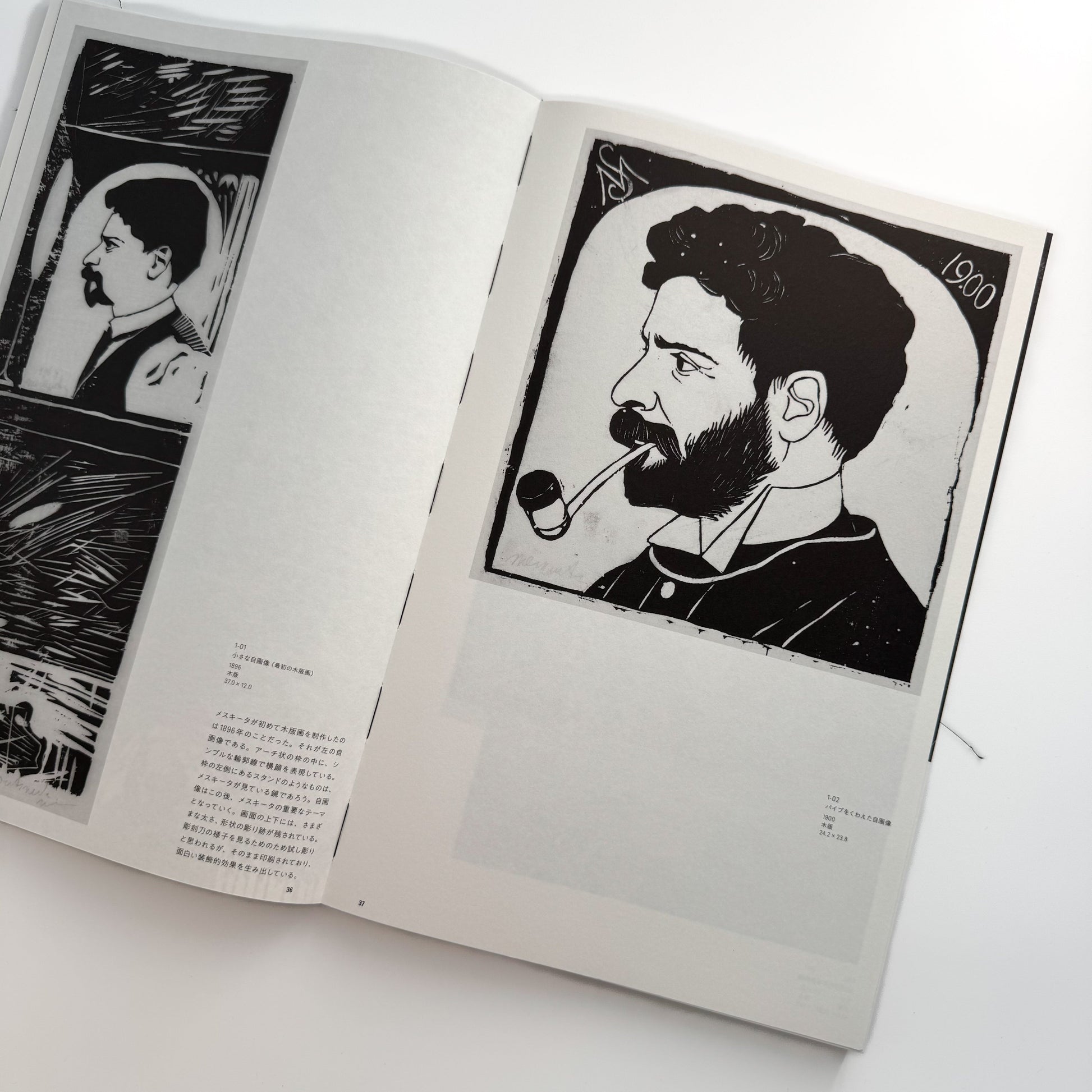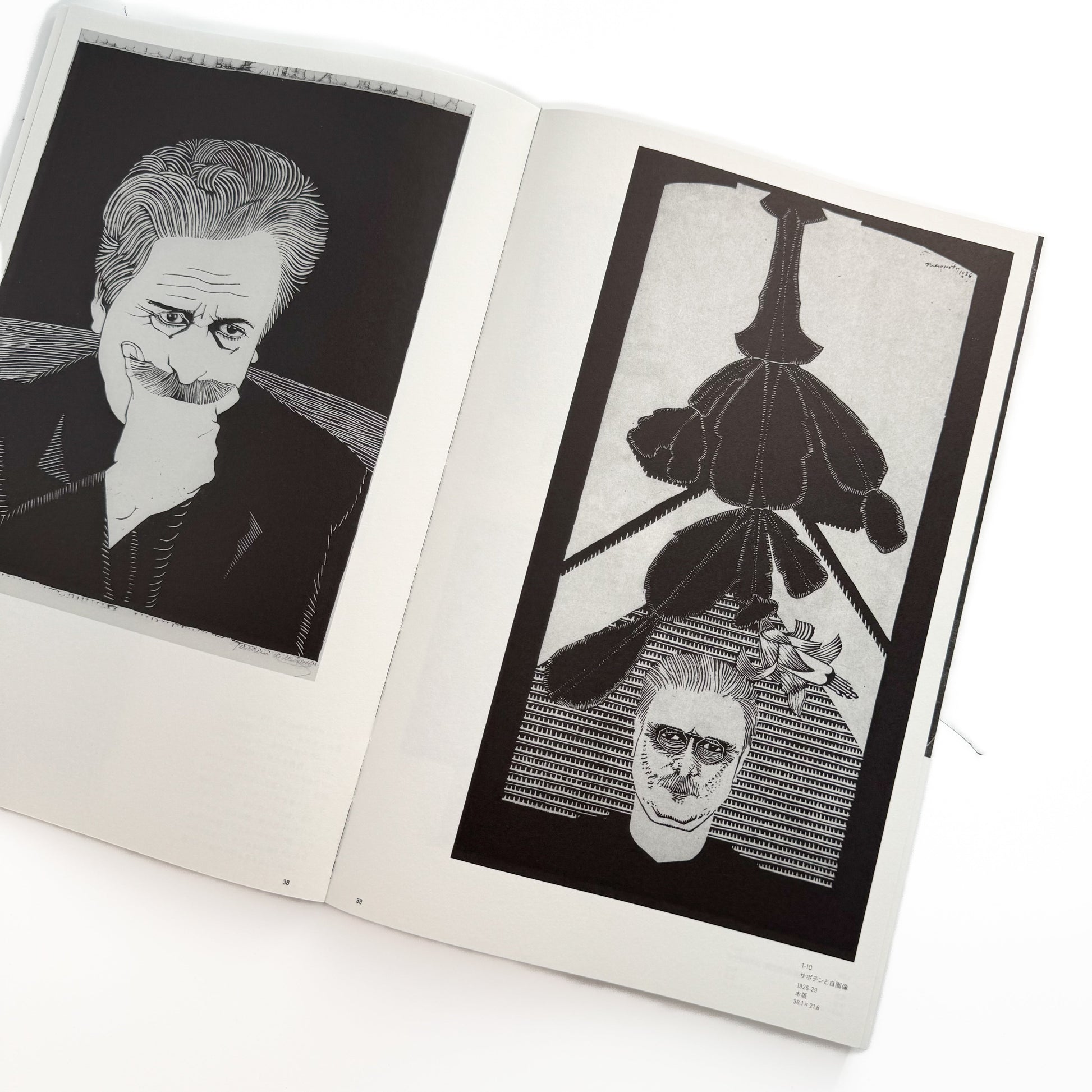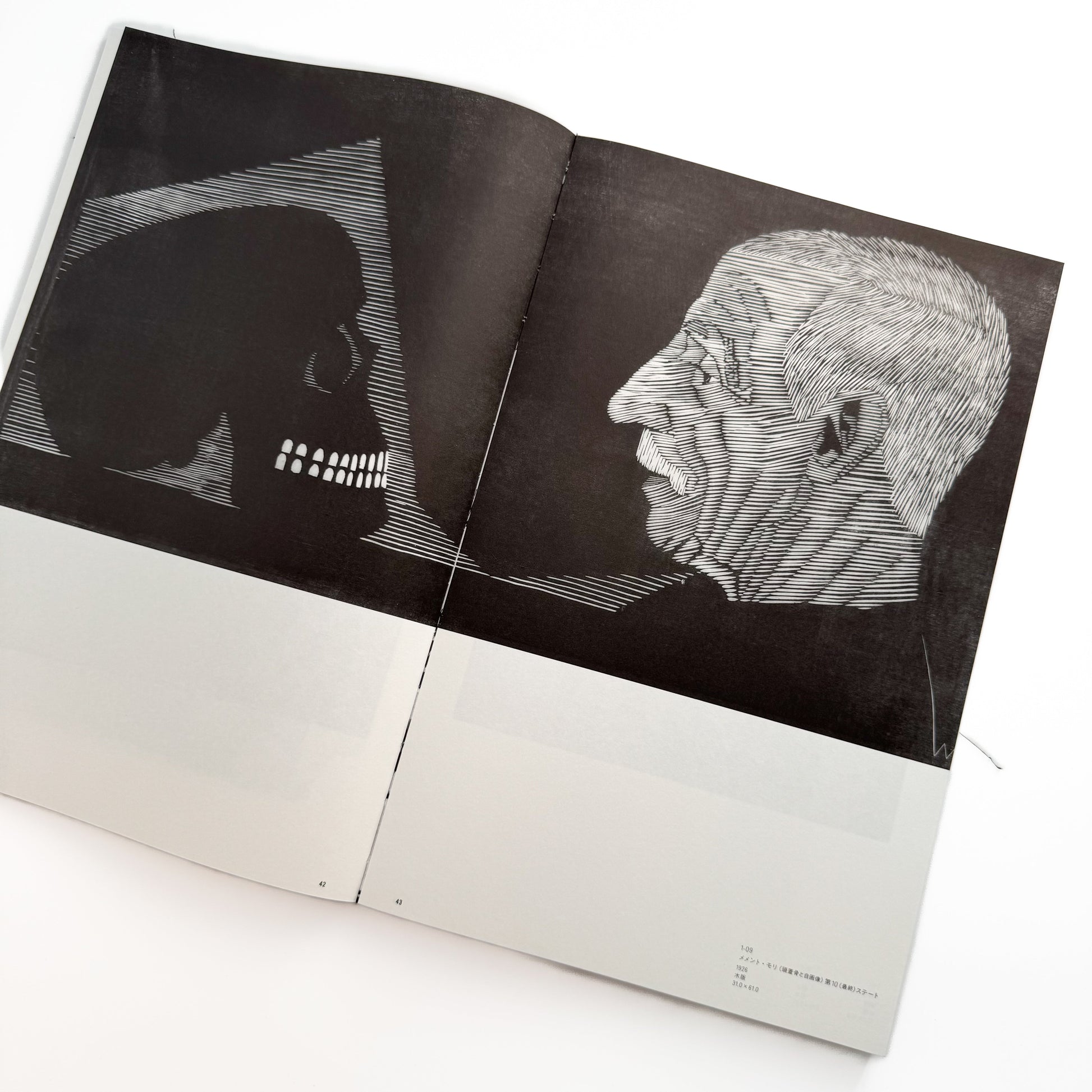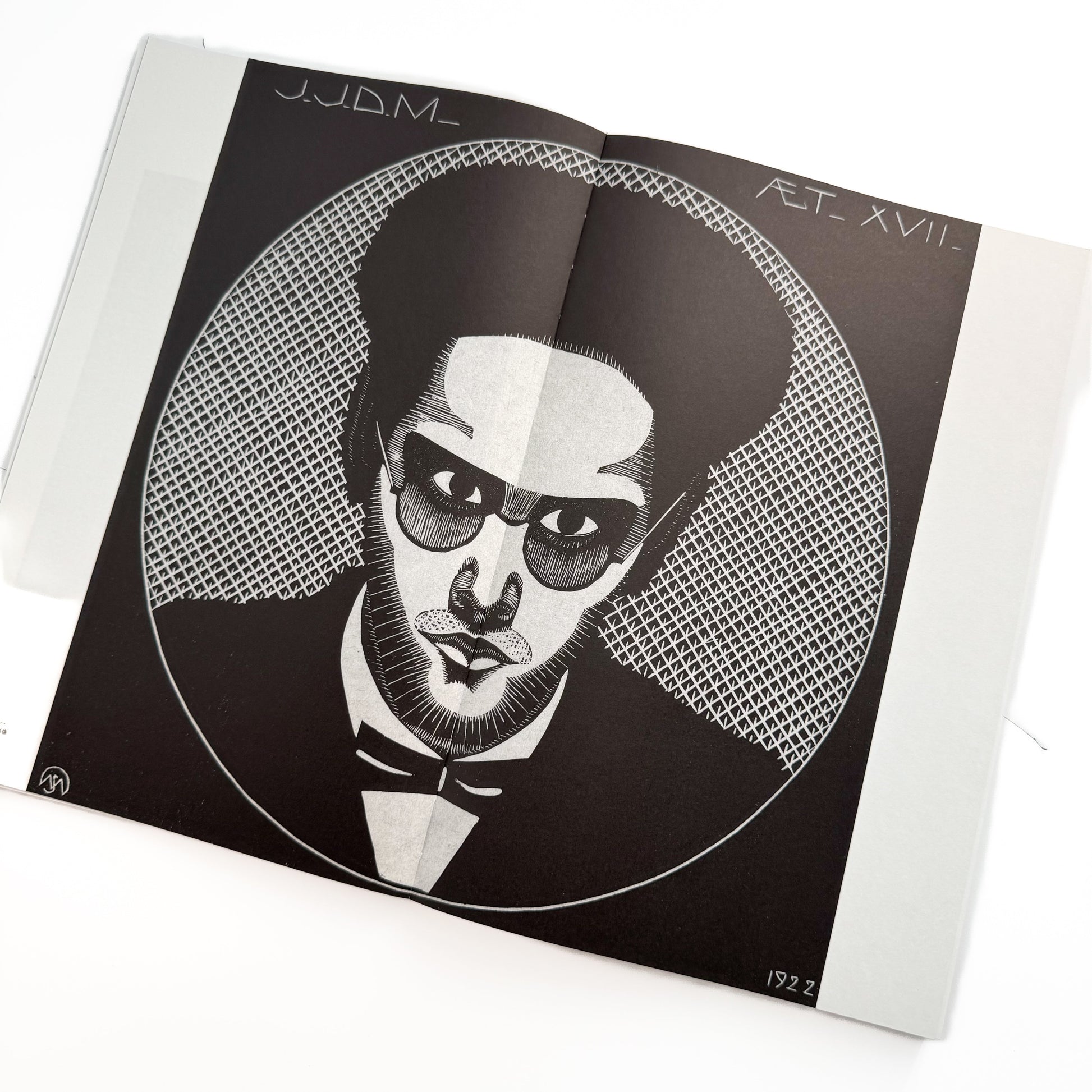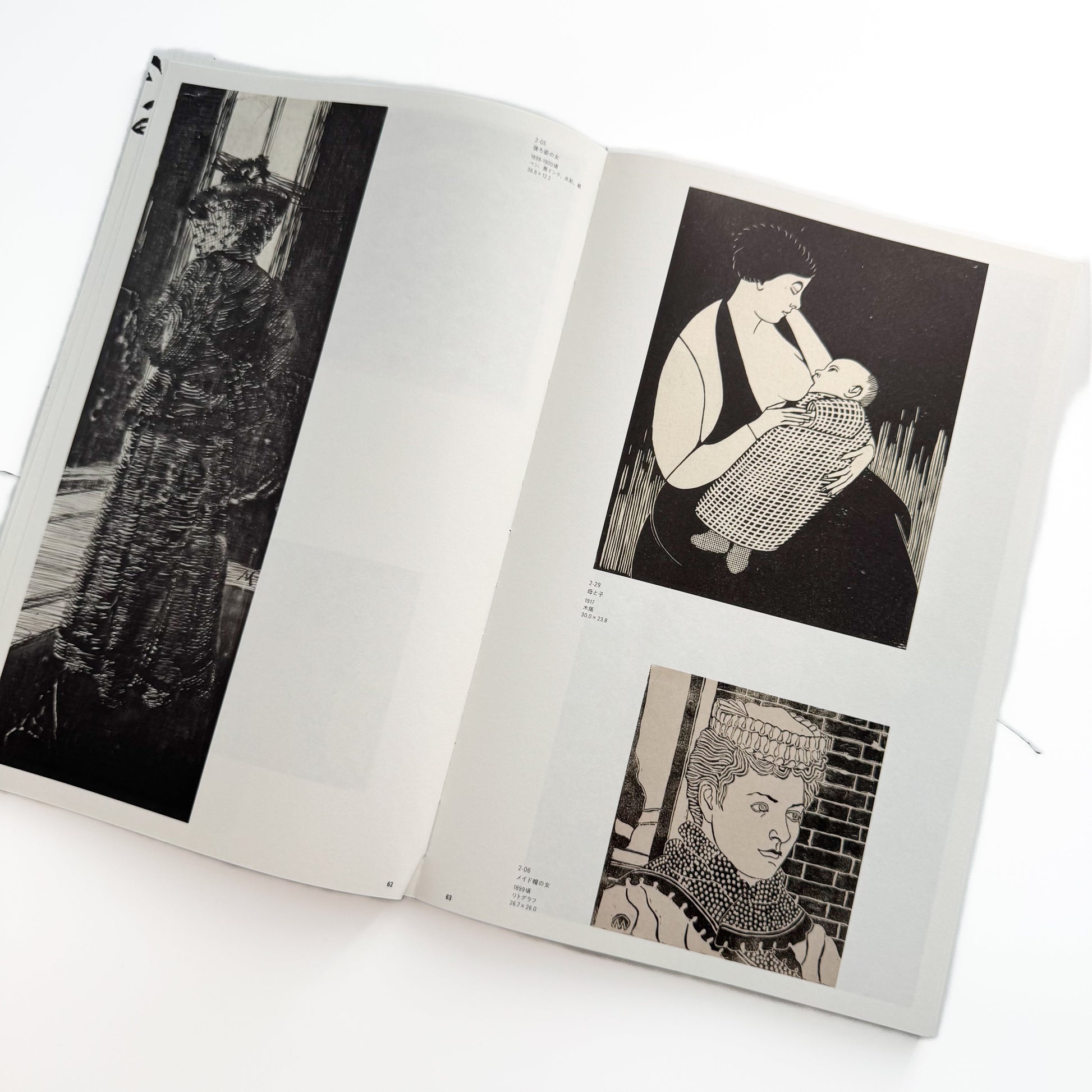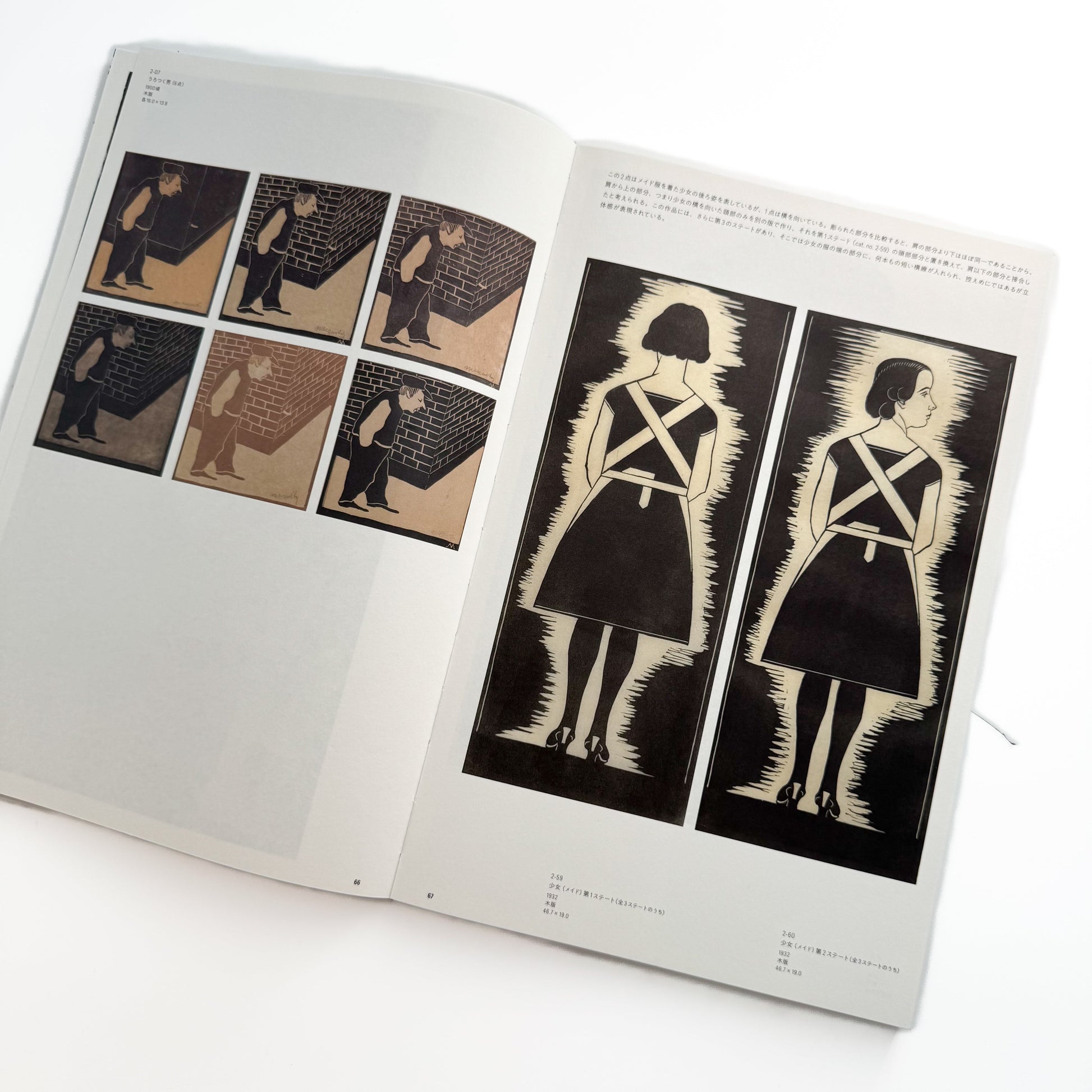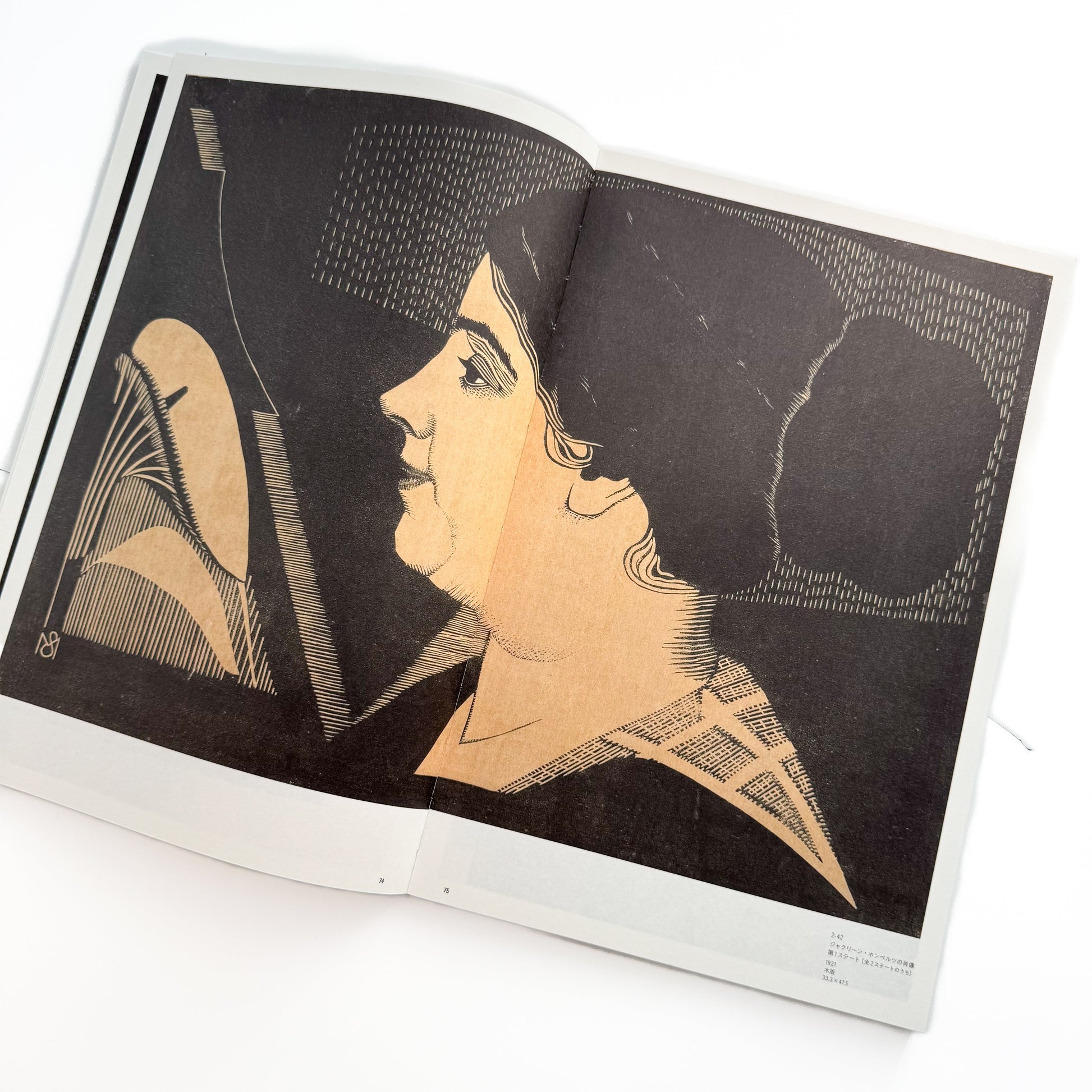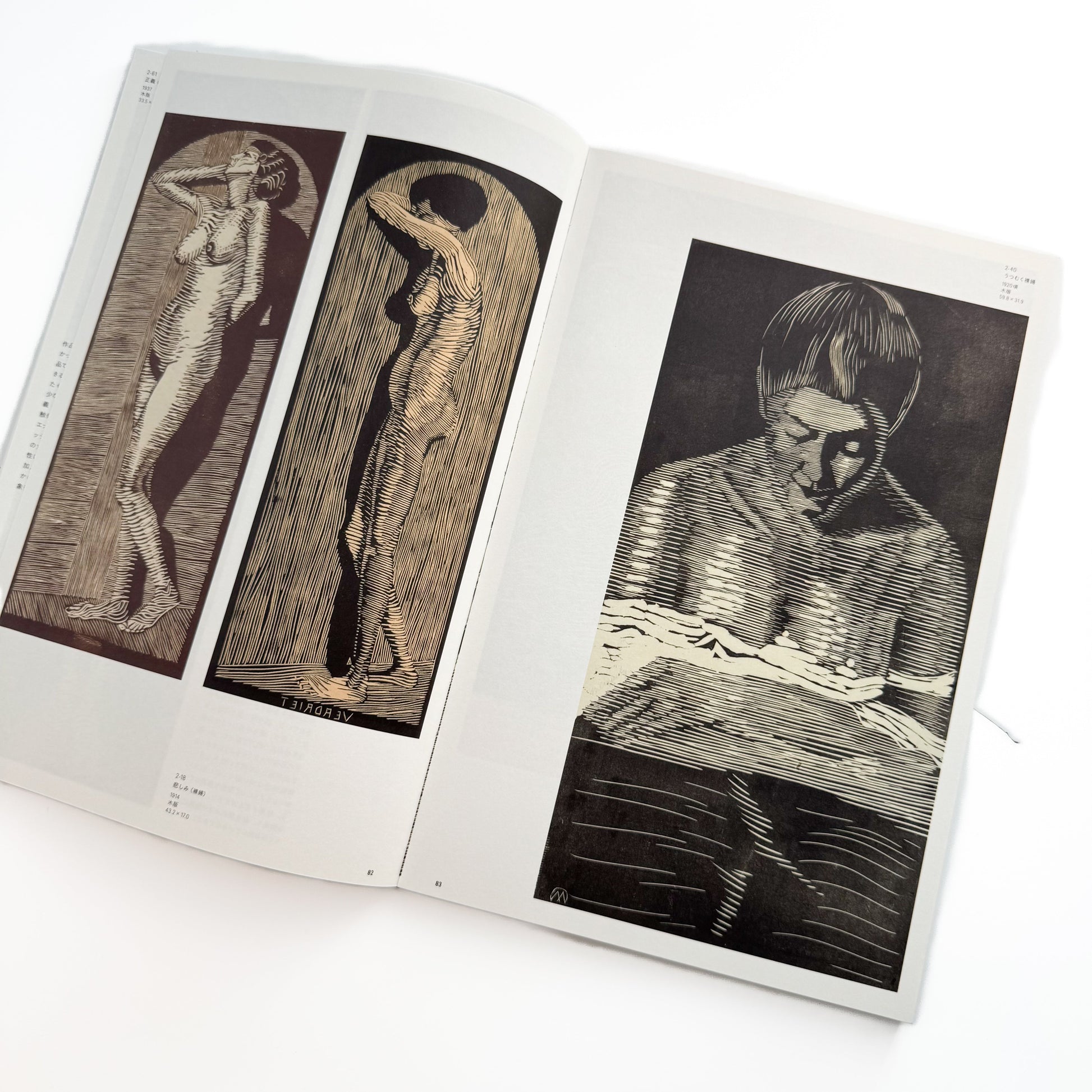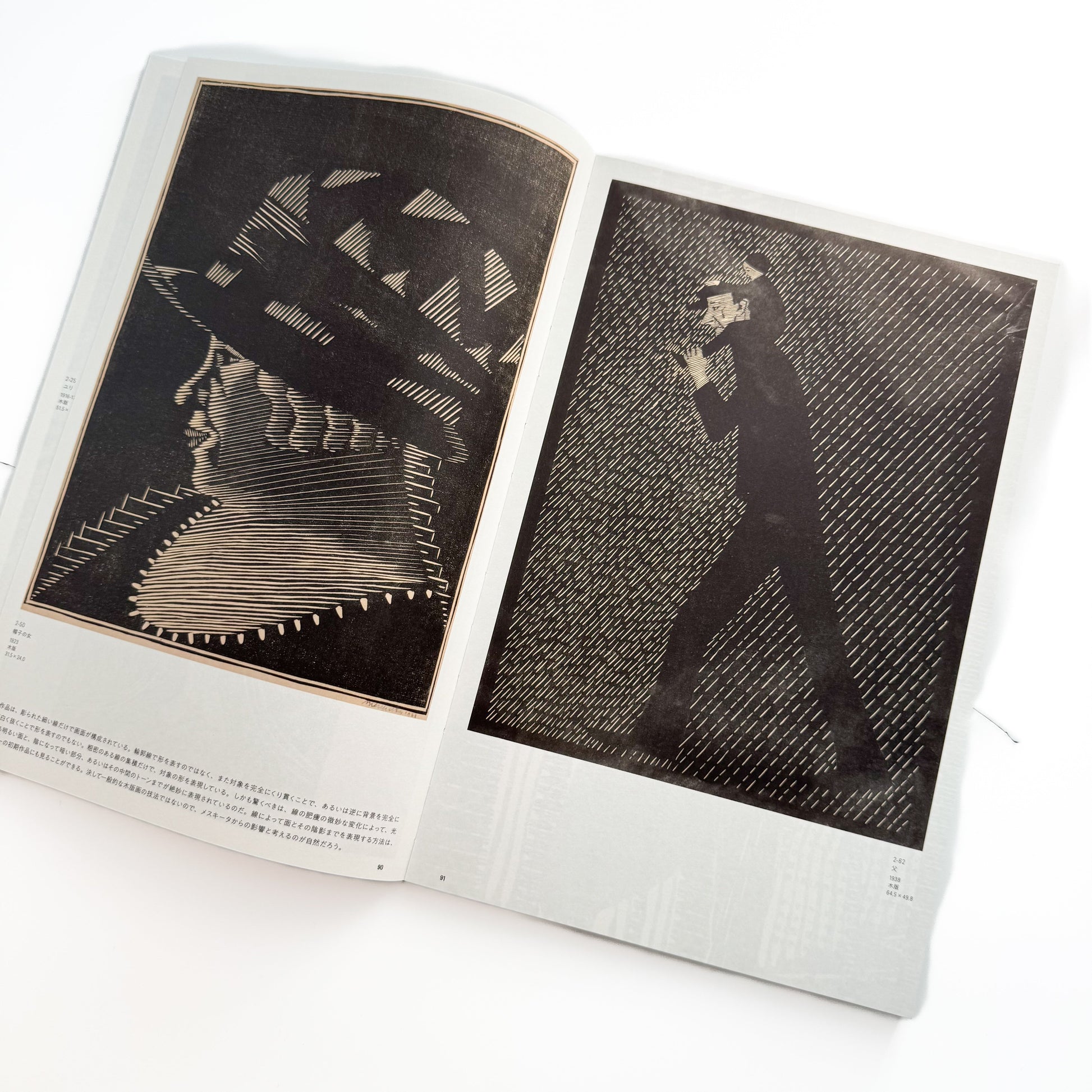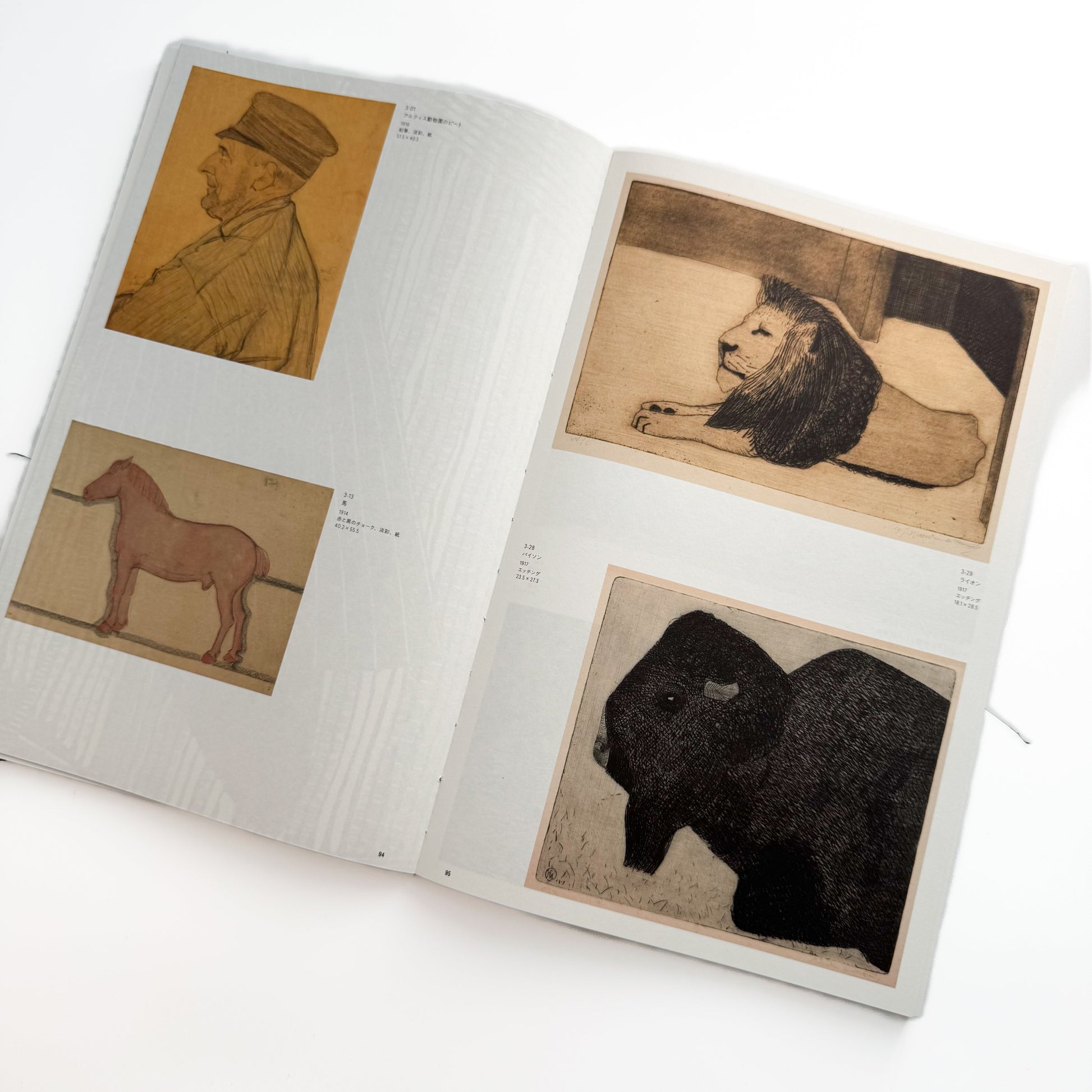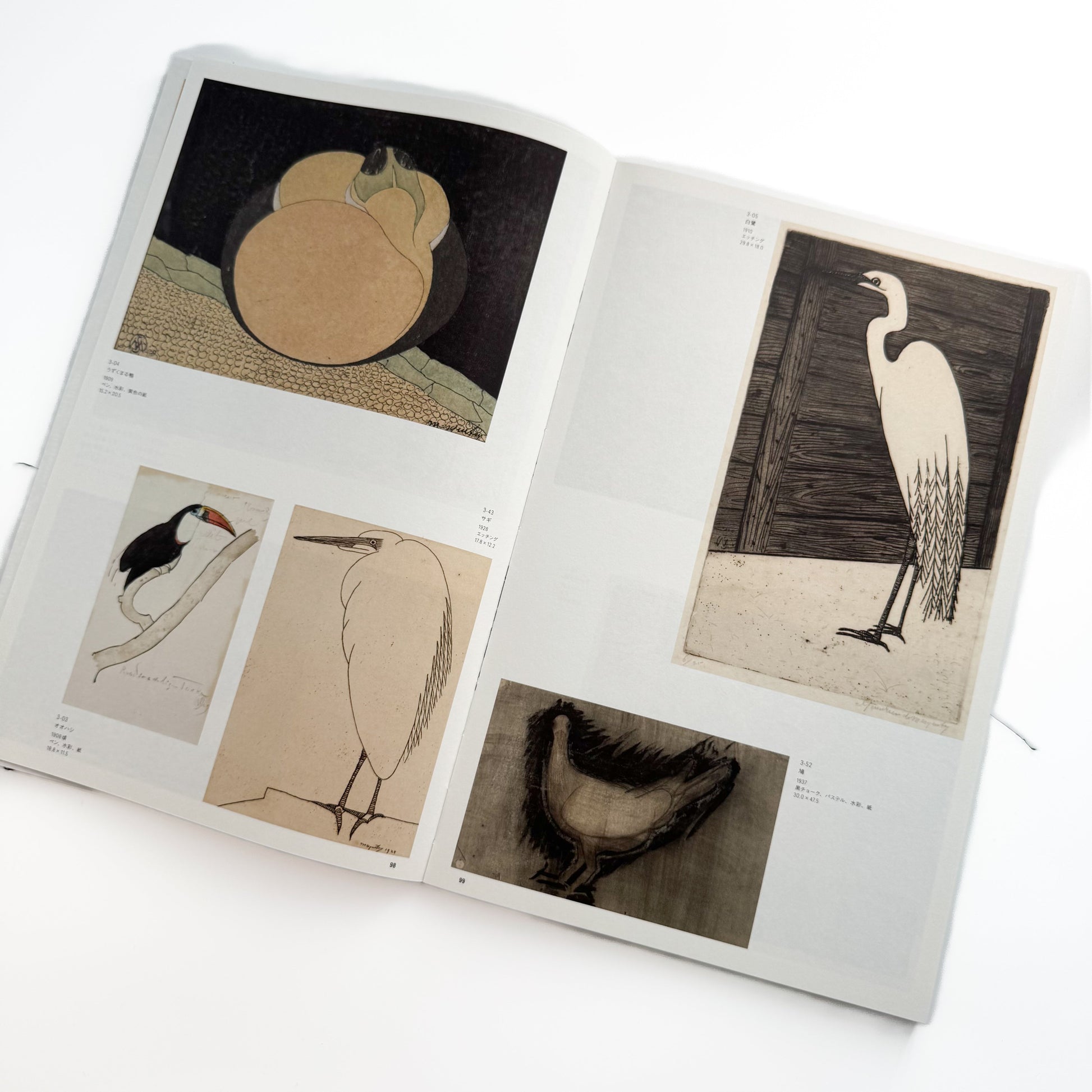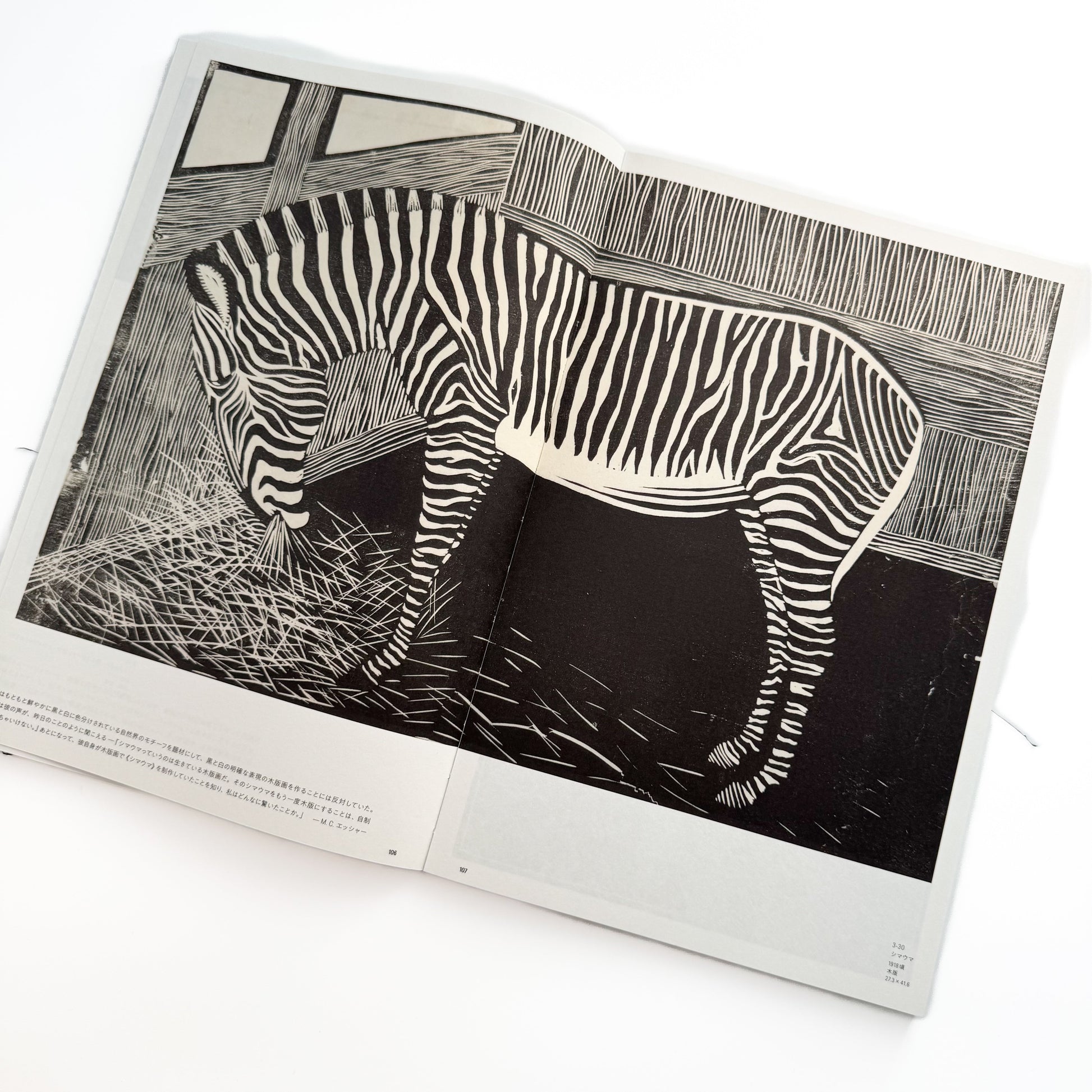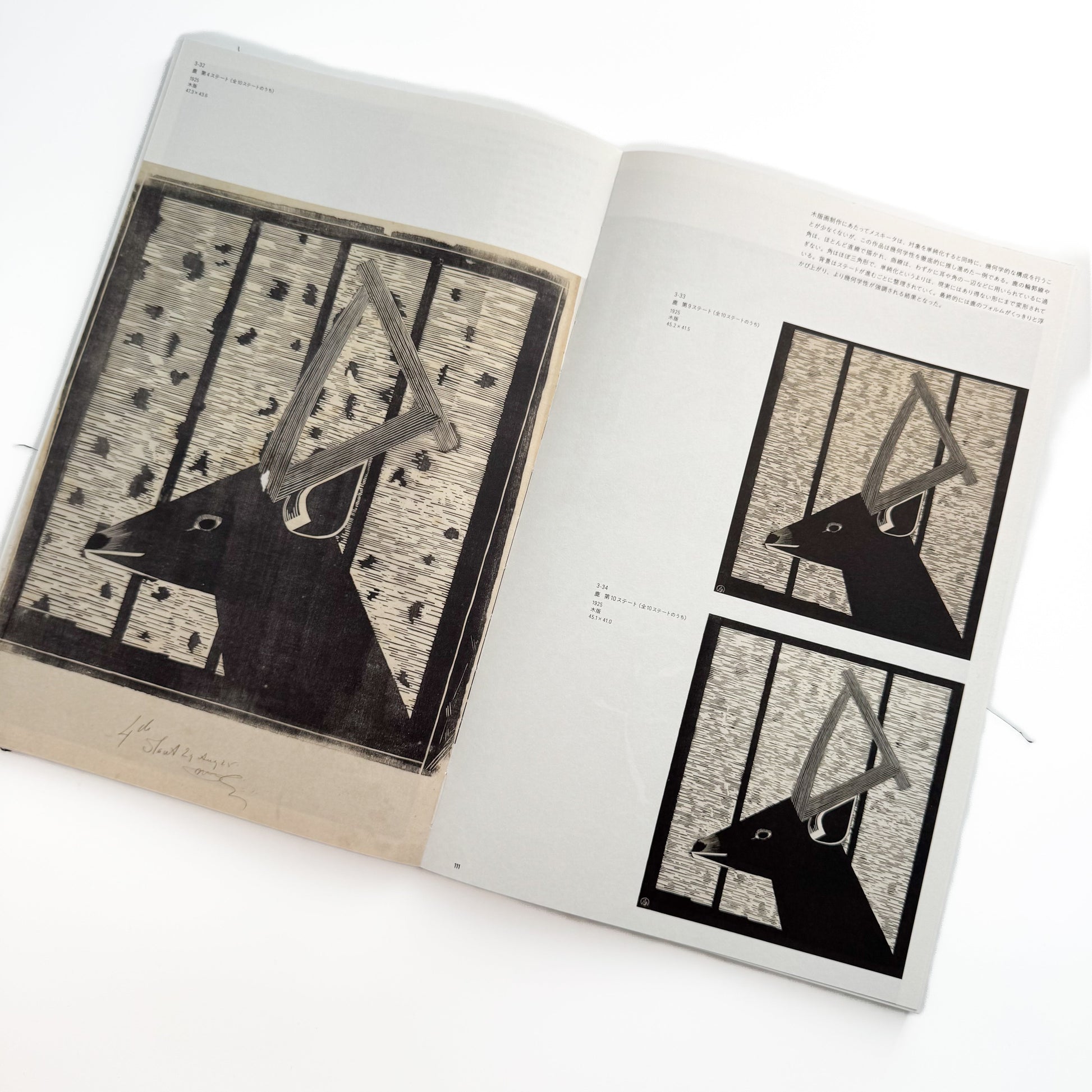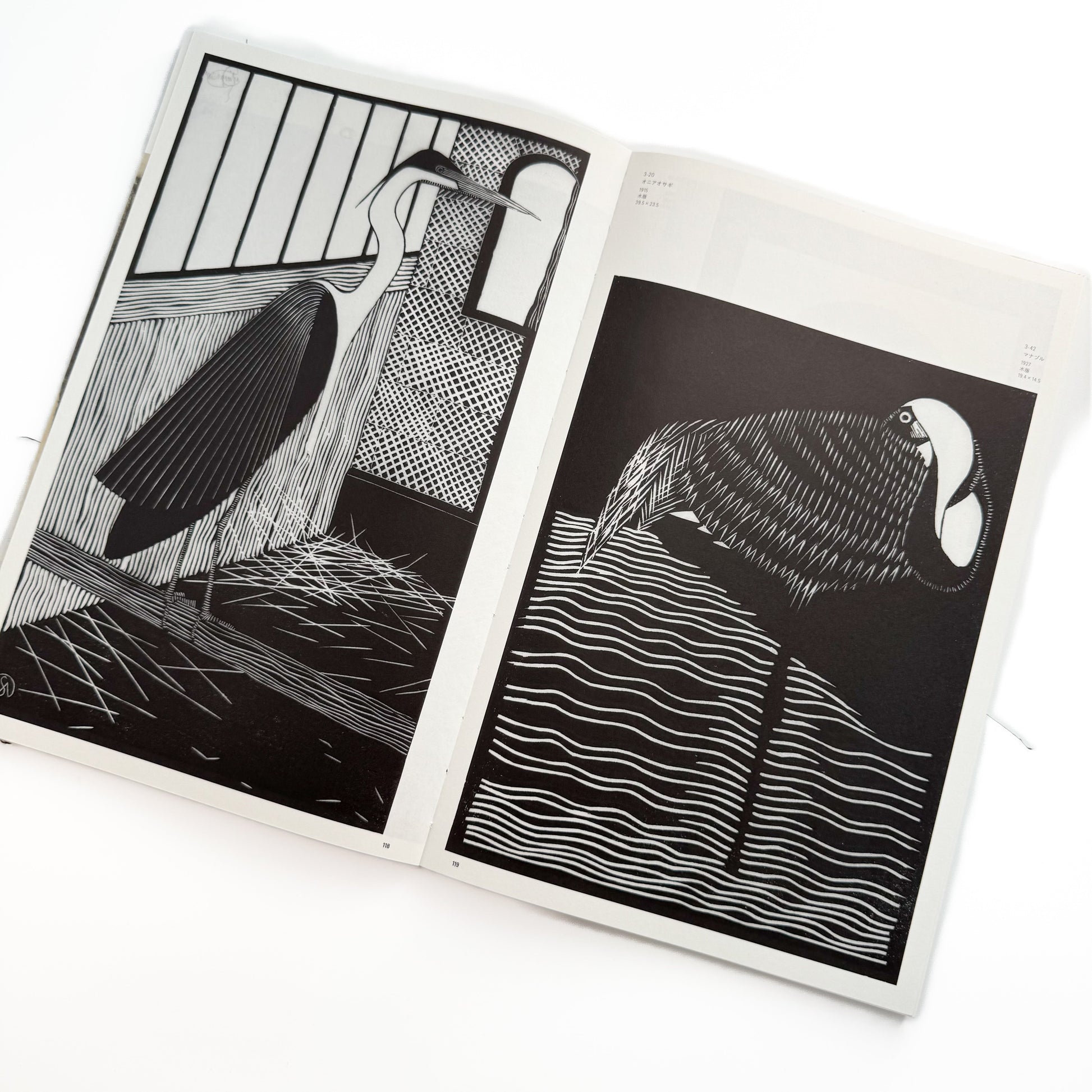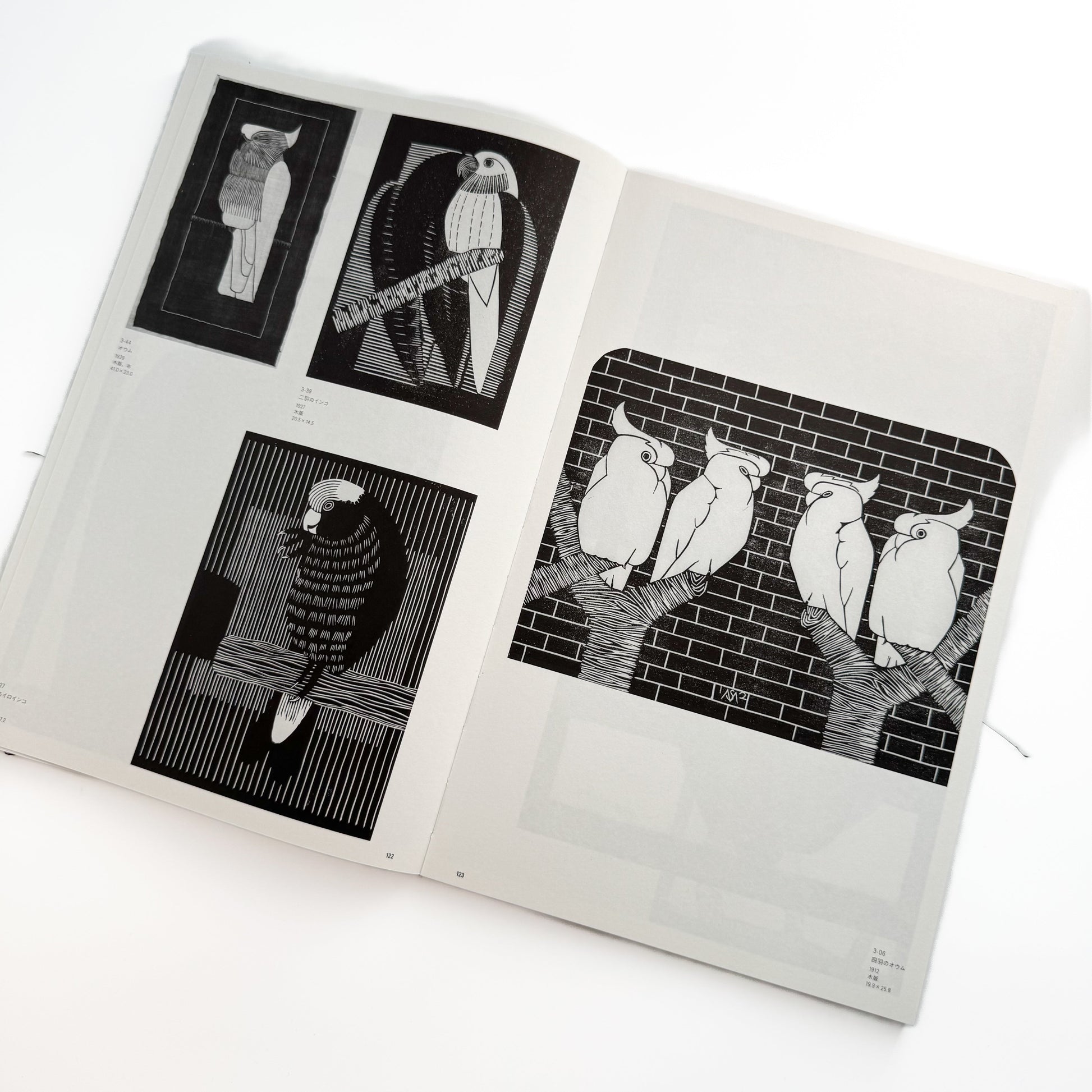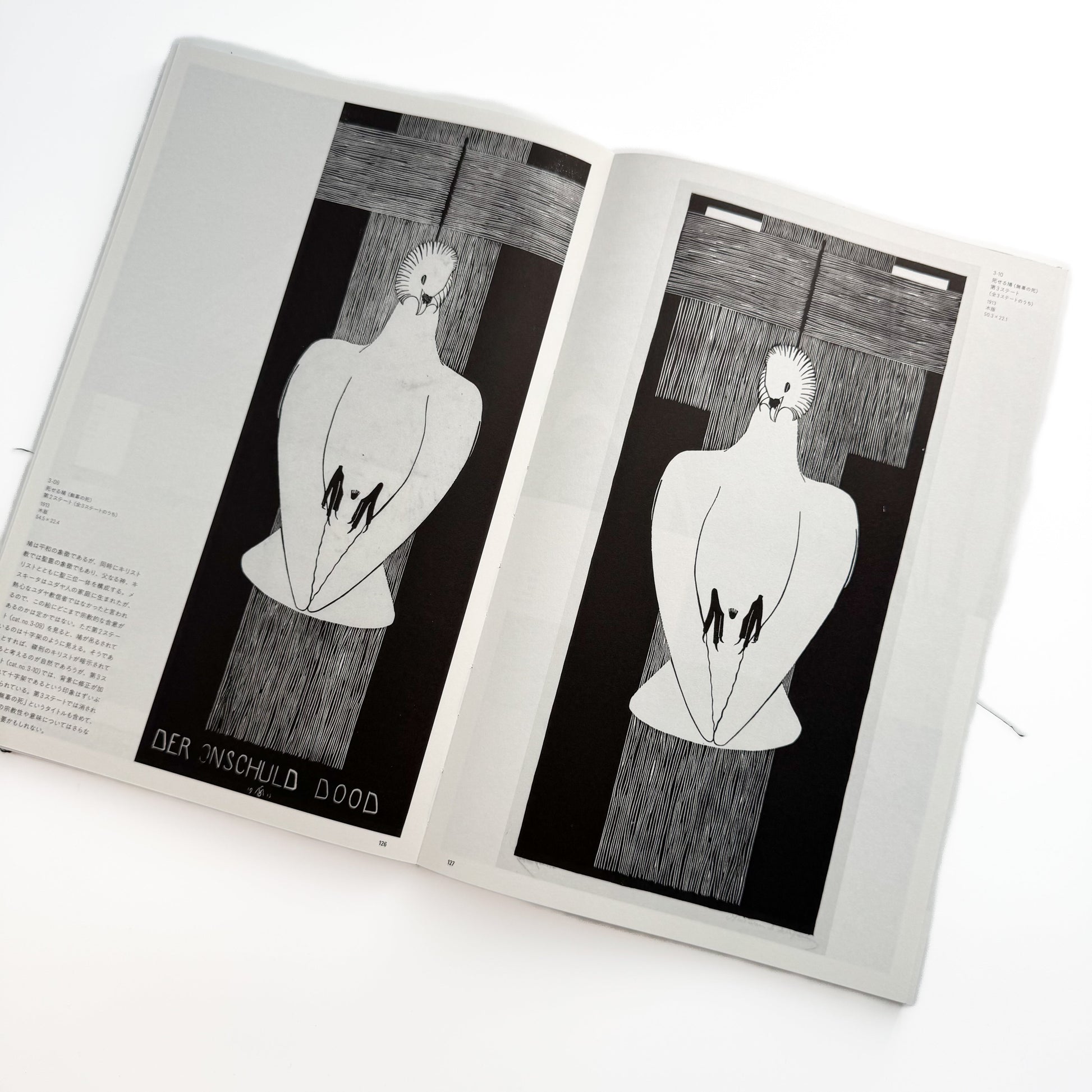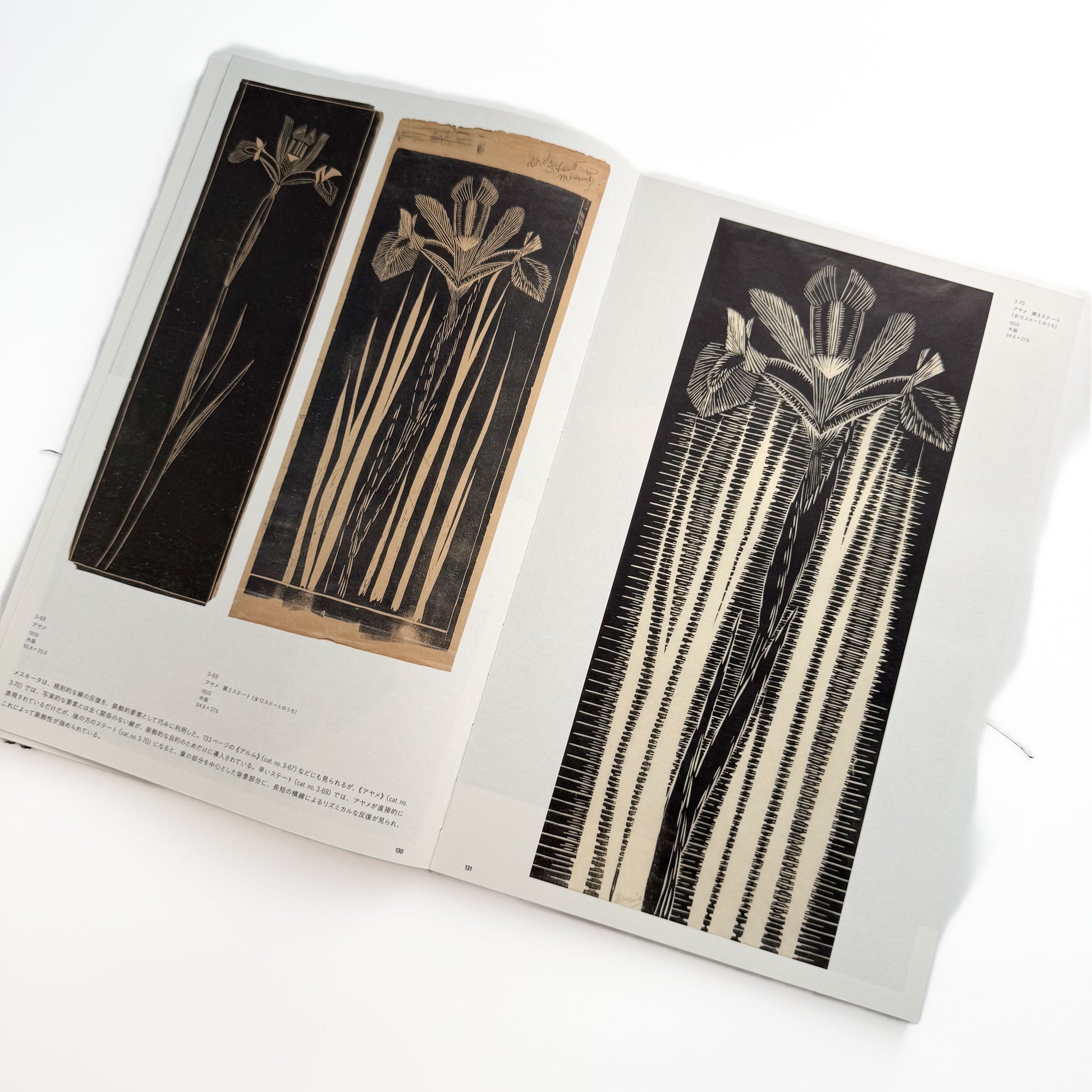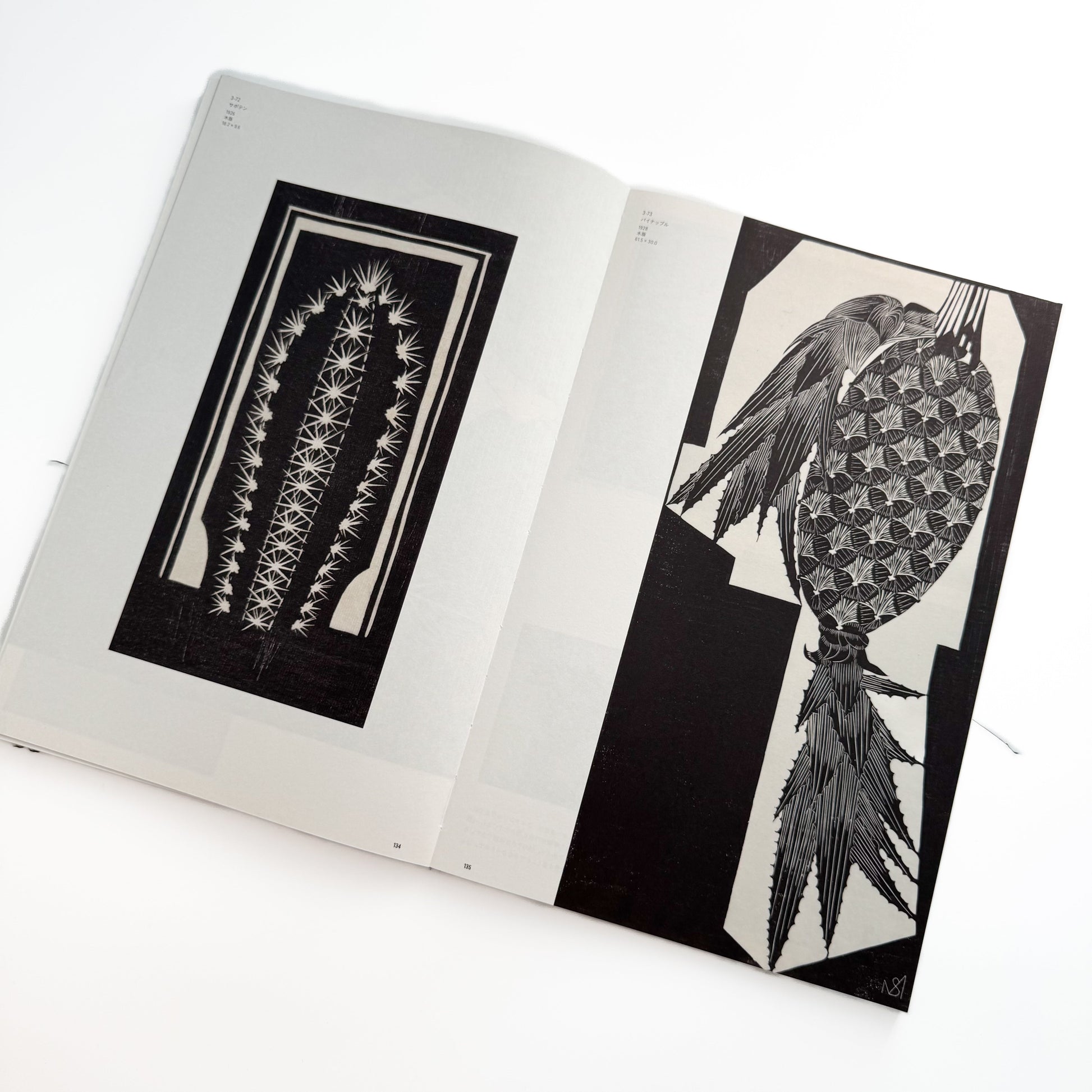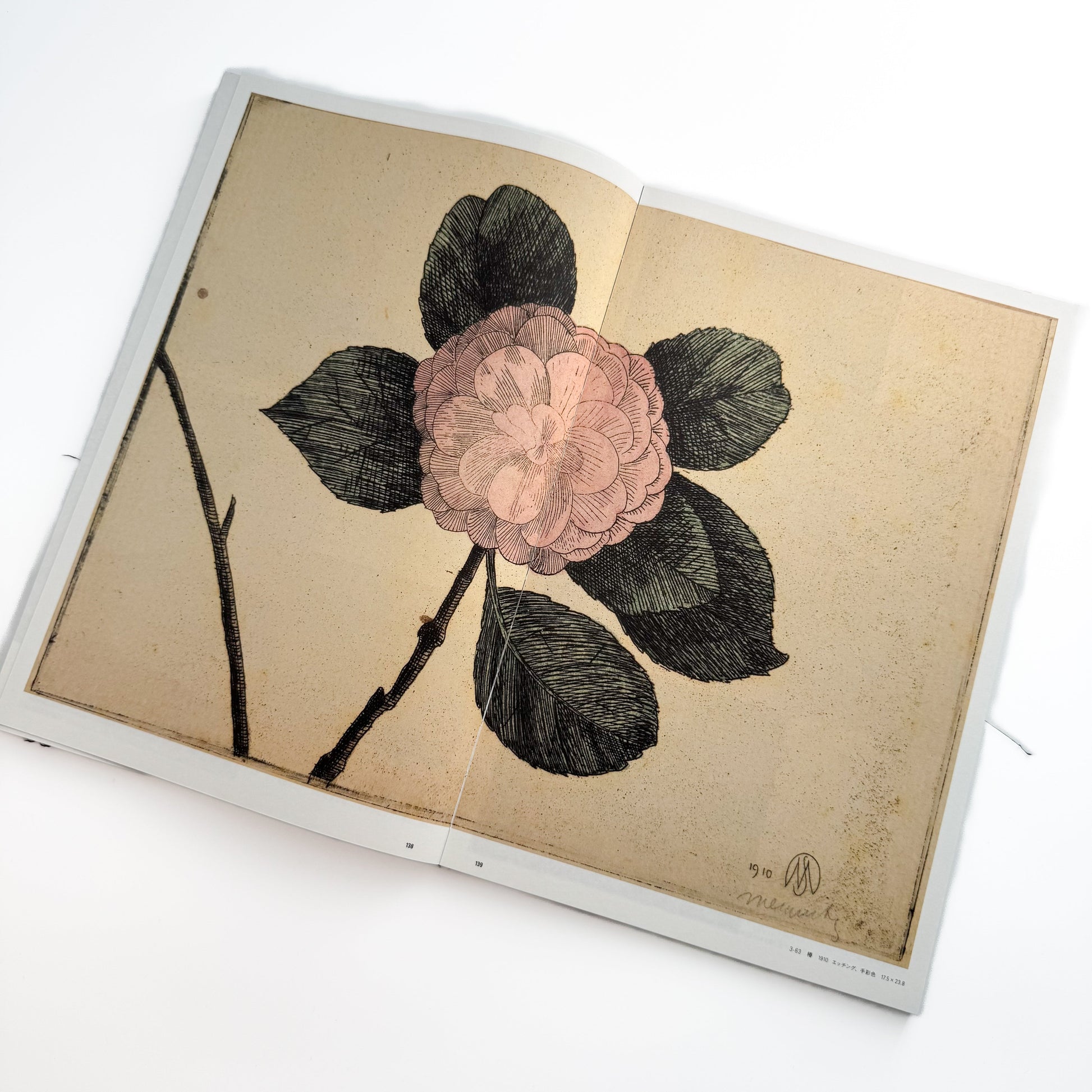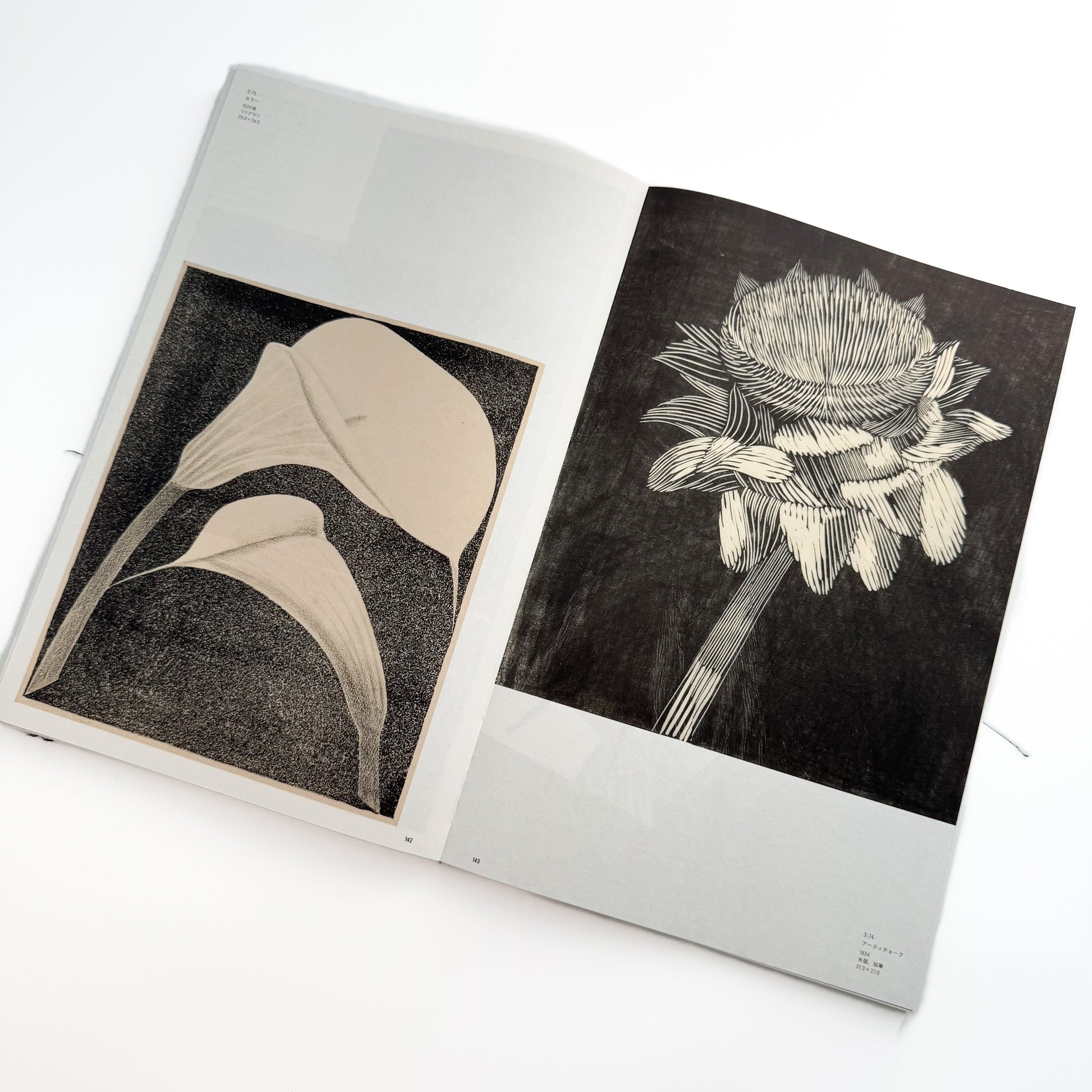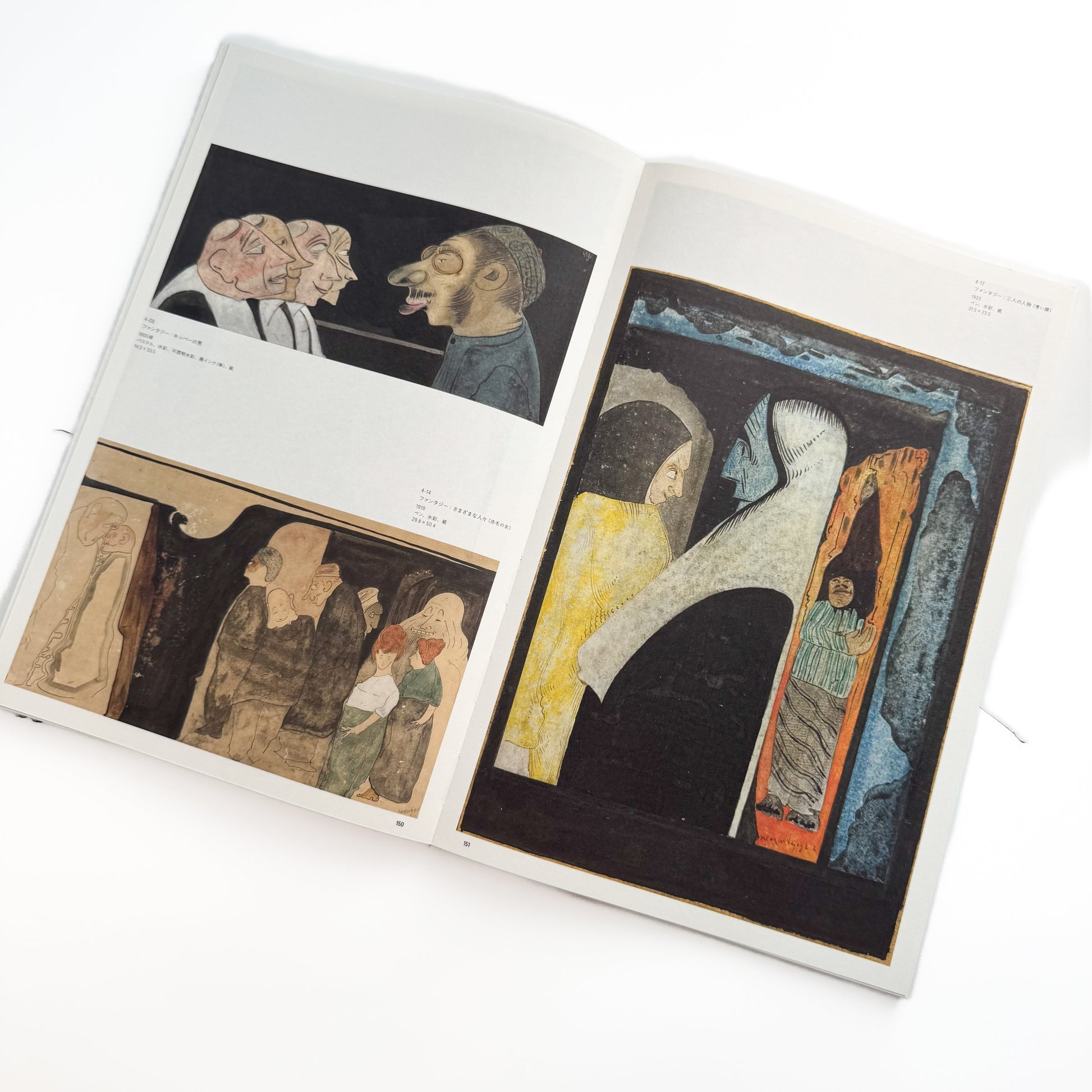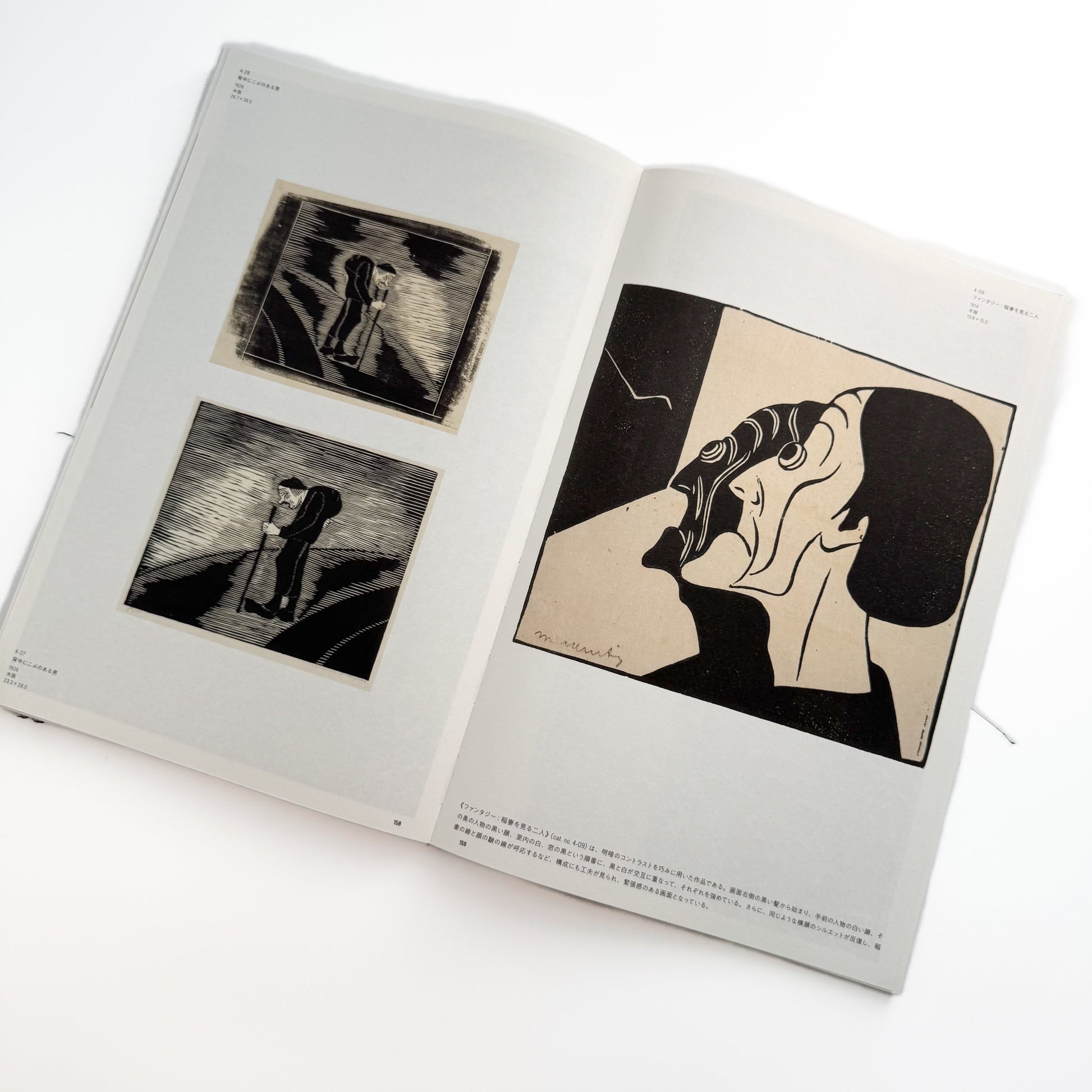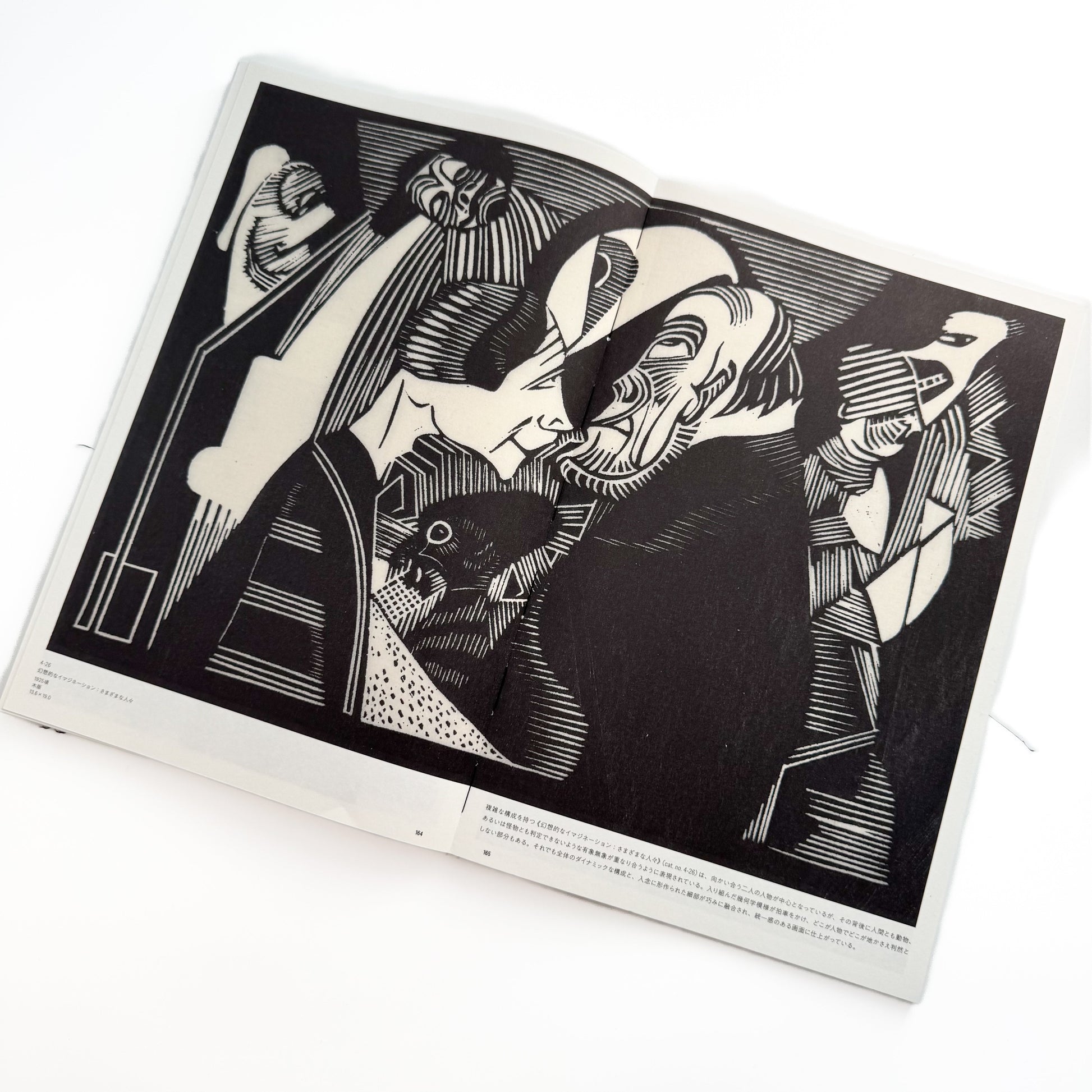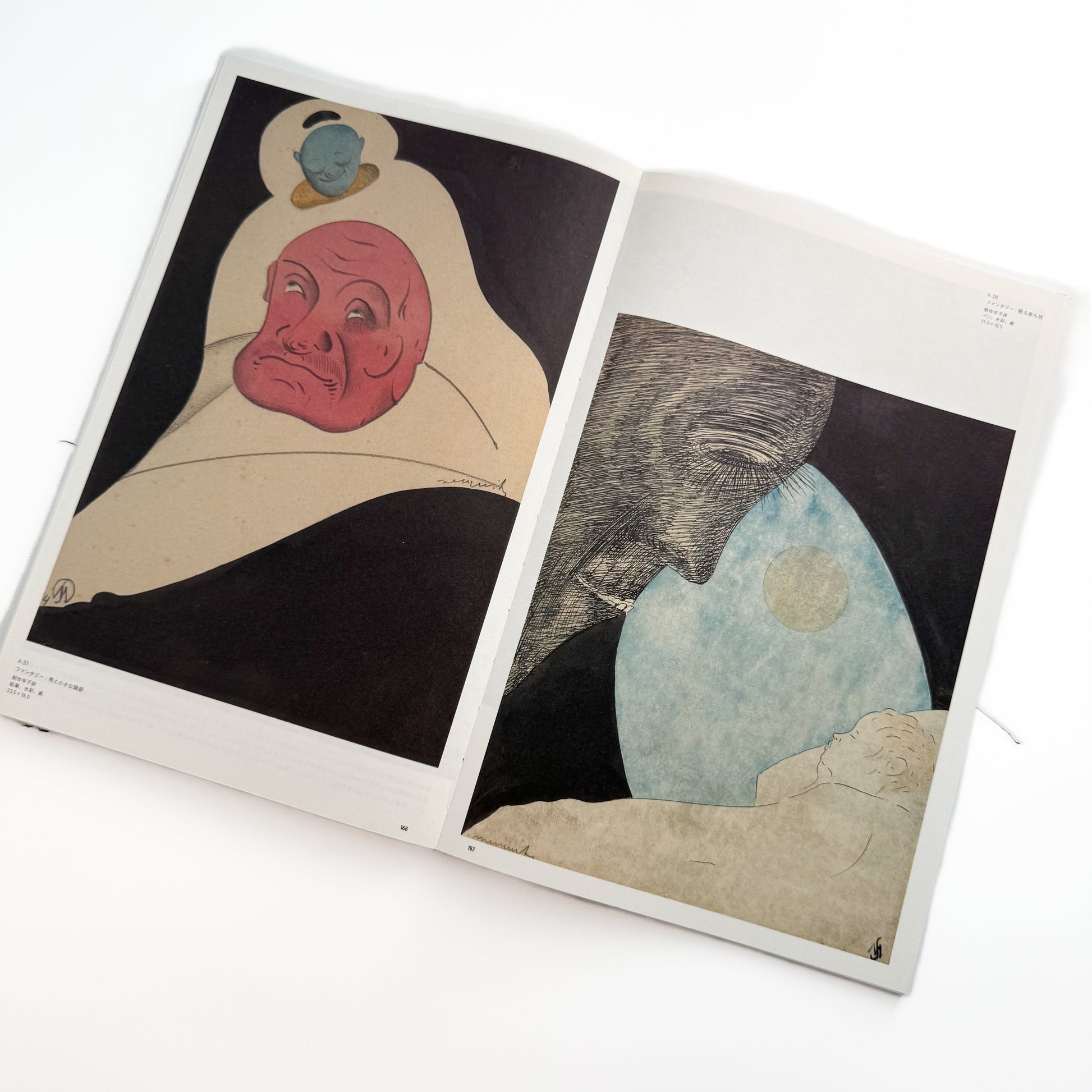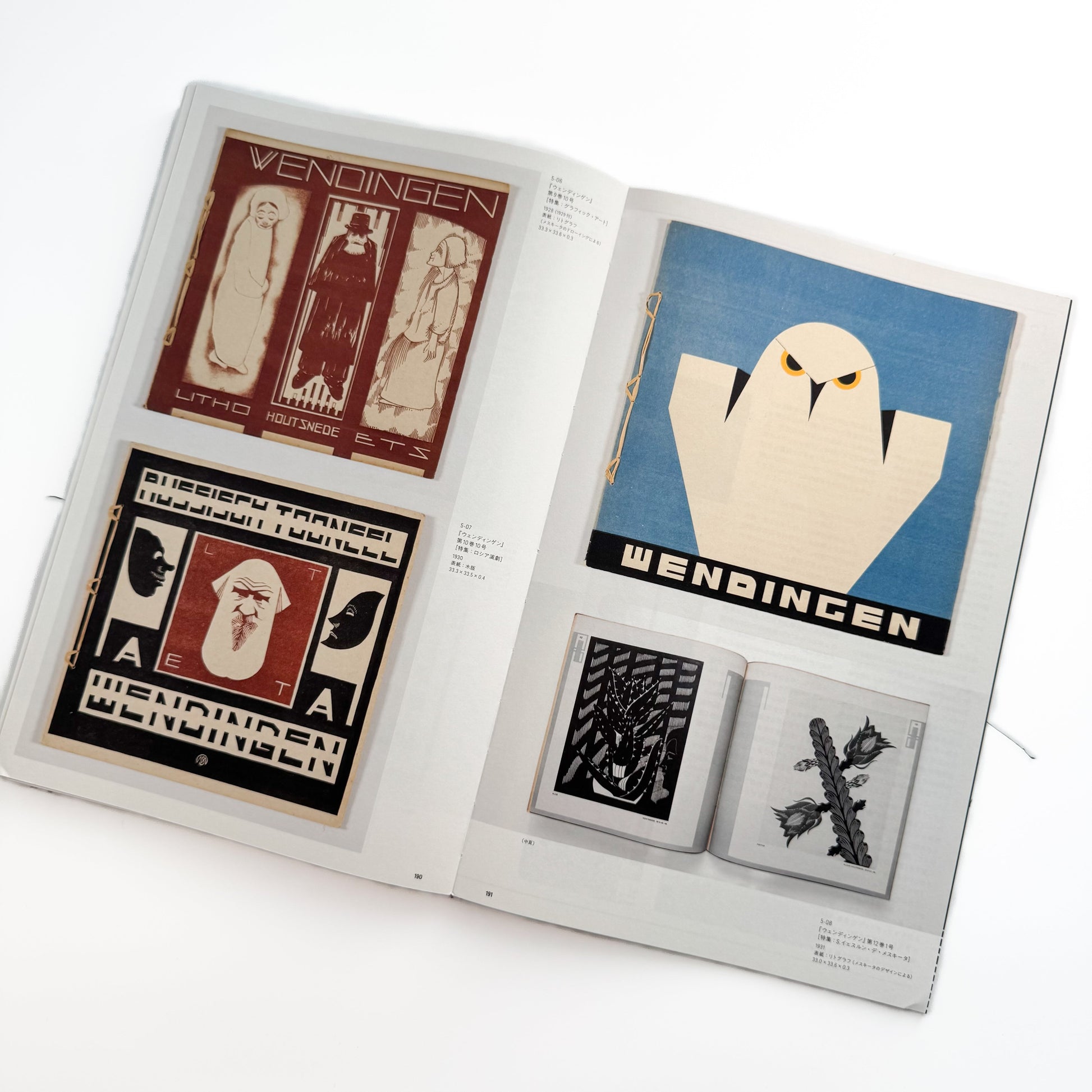Mesquita Exhibition
Mesquita Exhibition
Couldn't load pickup availability
Share
This is the exhibition catalog for the "Meskita Exhibition," the first major retrospective exhibition of the artist's work held in Japan, which took place at the Tokyo Station Gallery in 2019.
Samuel Jessurun de Mesquita was a Dutch printmaker, also known as the teacher of M.C. Escher.
His works are known for their unique worldview, in which animals and people are depicted sometimes humorously and sometimes satirically. In particular, the animals depicted in his woodblock prints are remarkably lifelike, with their fur and skin textures rendered with astonishing delicacy, showcasing his outstanding skill.
Furthermore, in his portraits, the use of deep shadows and contrasts of light and darkness creates a remarkable sense of three-dimensionality, bringing out even the inner emotions of the subject.
This catalog covers a wide range of his works, including decorative arts, prints, and sketches, and is a valuable resource that reveals his life and previously unknown aspects for the first time in Japan.
[Title] Mesquita Exhibition
[Publisher] Curators
[Publication Date] 2019
[Number of pages] 221 pages
[Size] Approximately 34.2 x 22.2 x 2.0 cm, 0.88 kg
[Format] Softcover
[Title Reading] MESQUITEN
[Author(s), Editor(s), etc.] Michiko Sagawa (Art Historian) / Supervisor, Tokyo Station Gallery & Curators Inc. / Planning & Organization
[Printing] Yamada Photo Engraving Co., Ltd.
[ISBN] 978-4-901745-29-1
[Condition] Used [7] Above average (slight warping at corners, slight fraying of threads on front and back covers)
[Accessories] None
[Published in] None
[Exhibition-related] Tokyo Station Gallery (2019), Sakura City Museum (2020), Nishinomiya City Otani Memorial Museum (2020), Utsunomiya Museum of Art (2020), Iwaki City Museum of Art (2020)
Samuel Jessurn de Mesquita (1868-1944)
Born in Amsterdam, Netherlands in 1868. Of Portuguese Jewish descent.
Painter, printmaker, and designer. Taught at art schools for many years.
Among his students was M.C. Escher, who is famous for his trompe-l'oeil paintings.
In May 1940, the Netherlands was occupied by Germany, and the persecution of Jews became increasingly severe. On the night of January 31, 1944, he and his family were arrested and he ended his life in Auschwitz.
